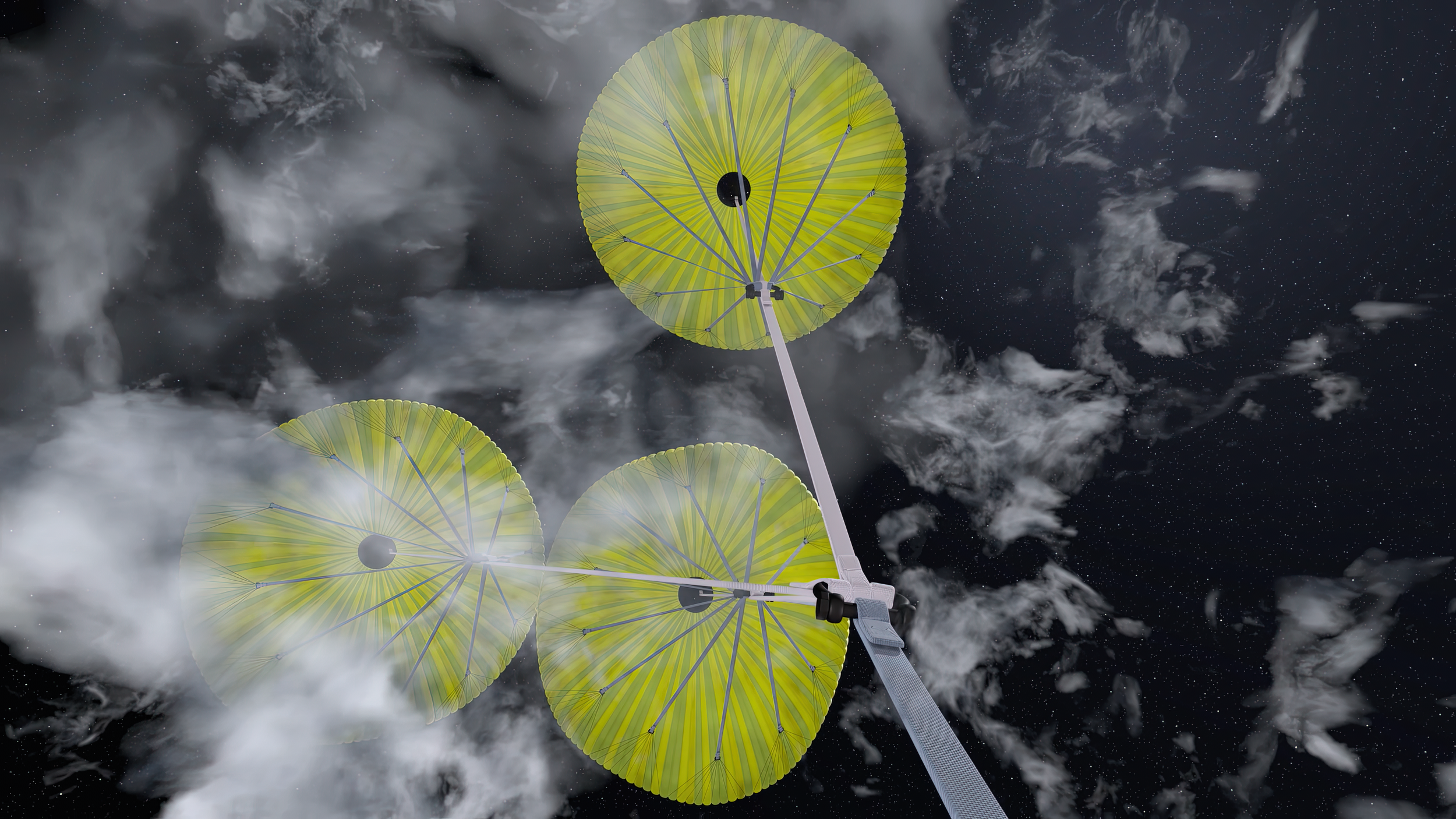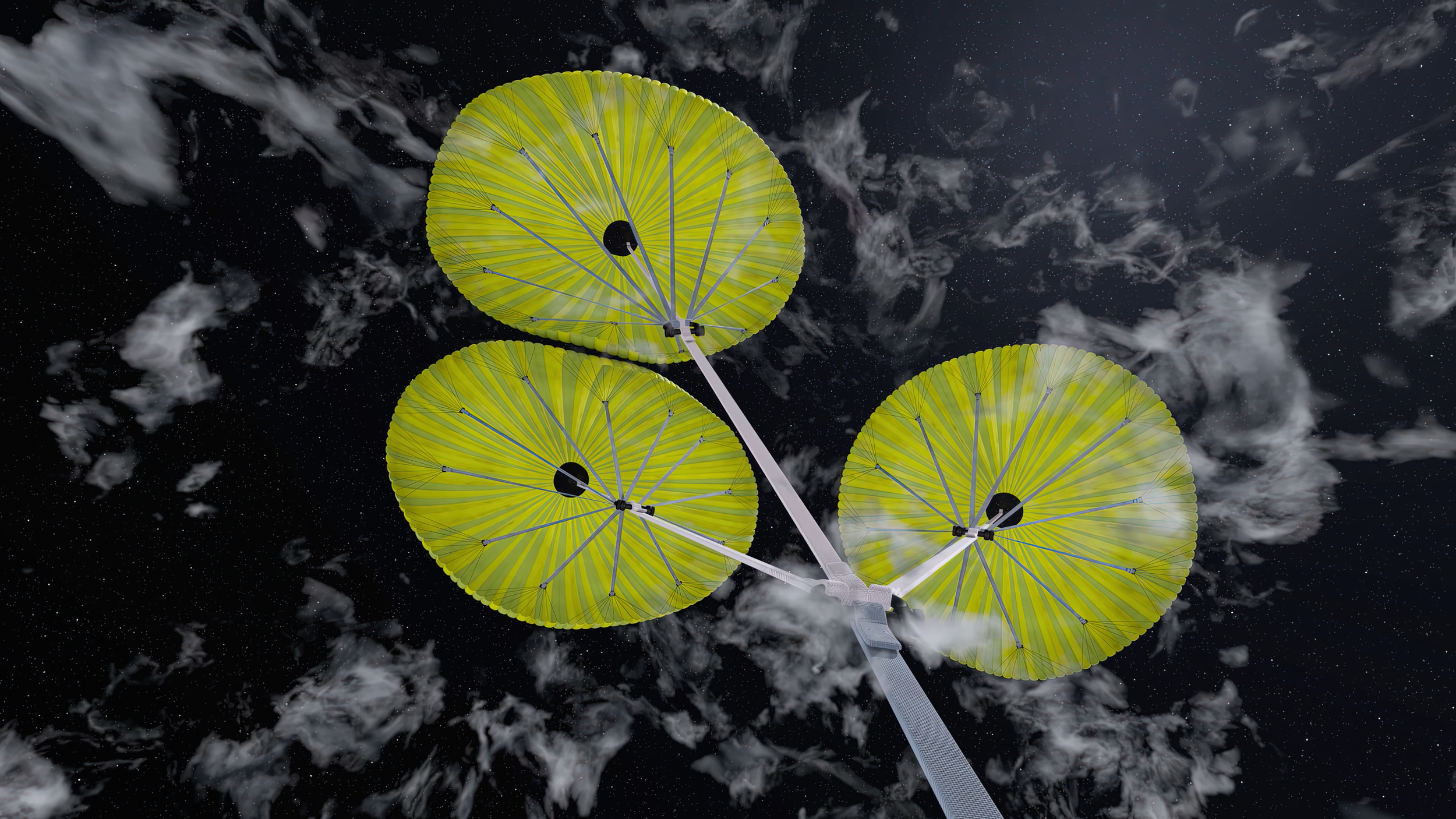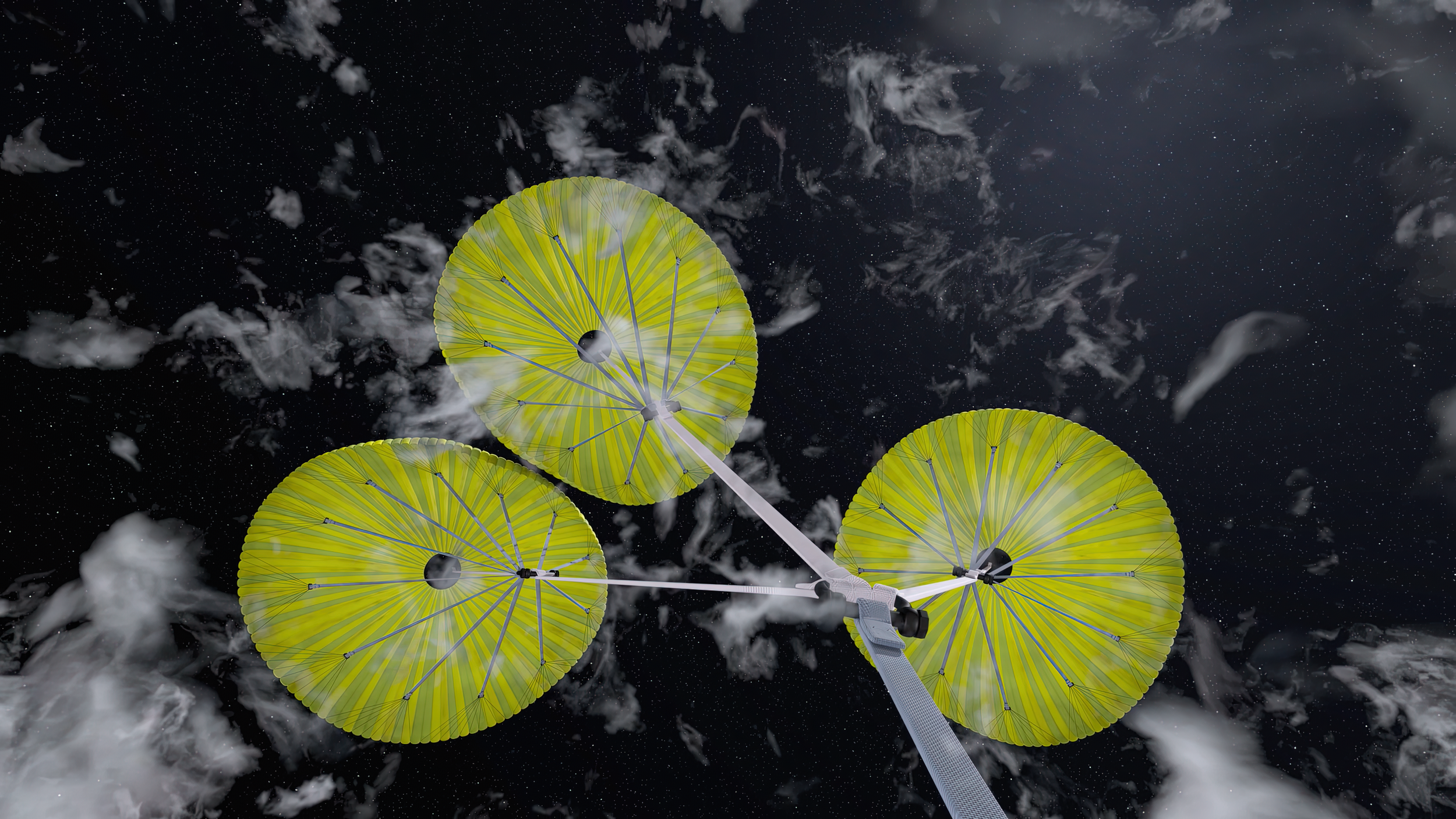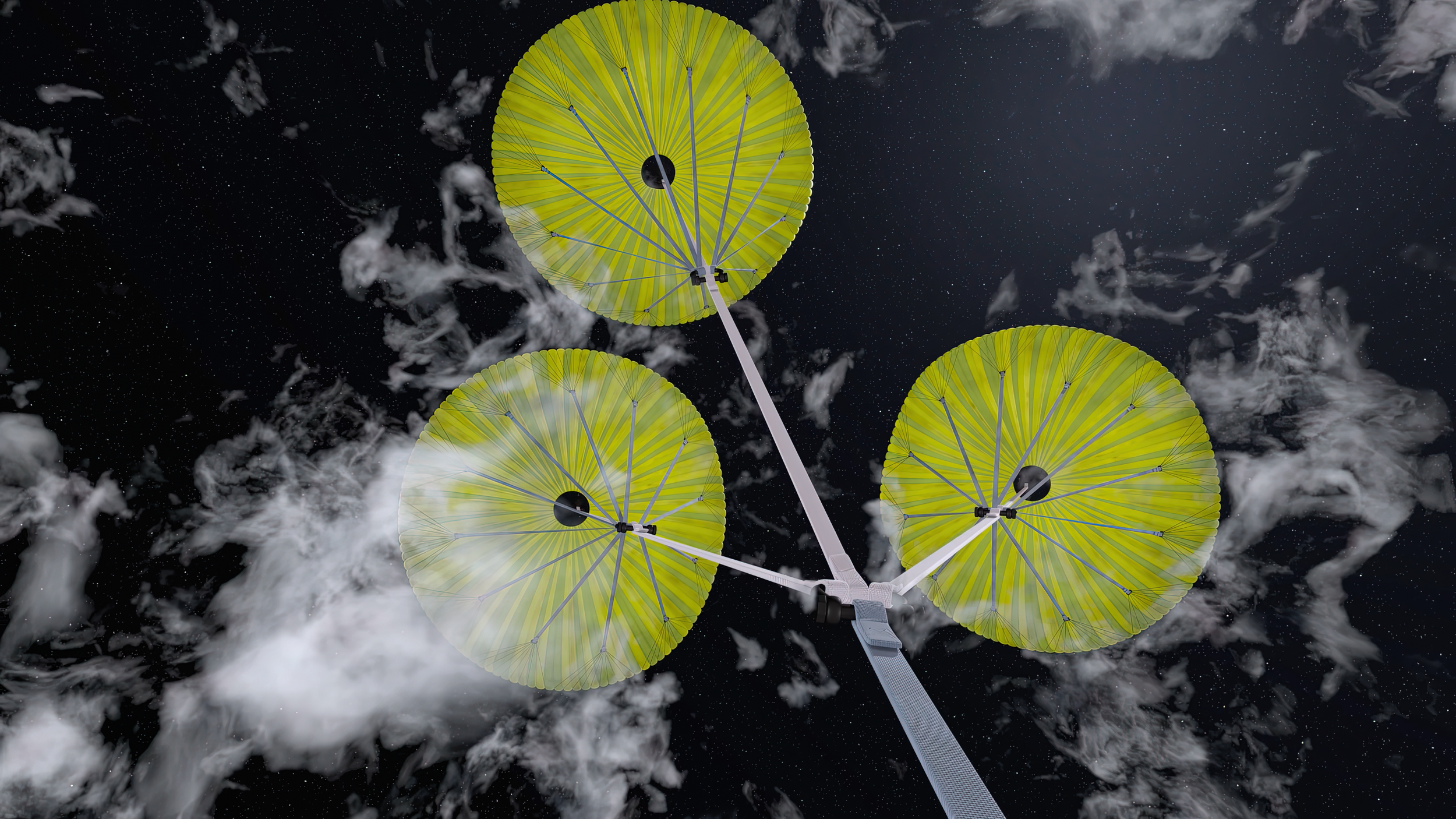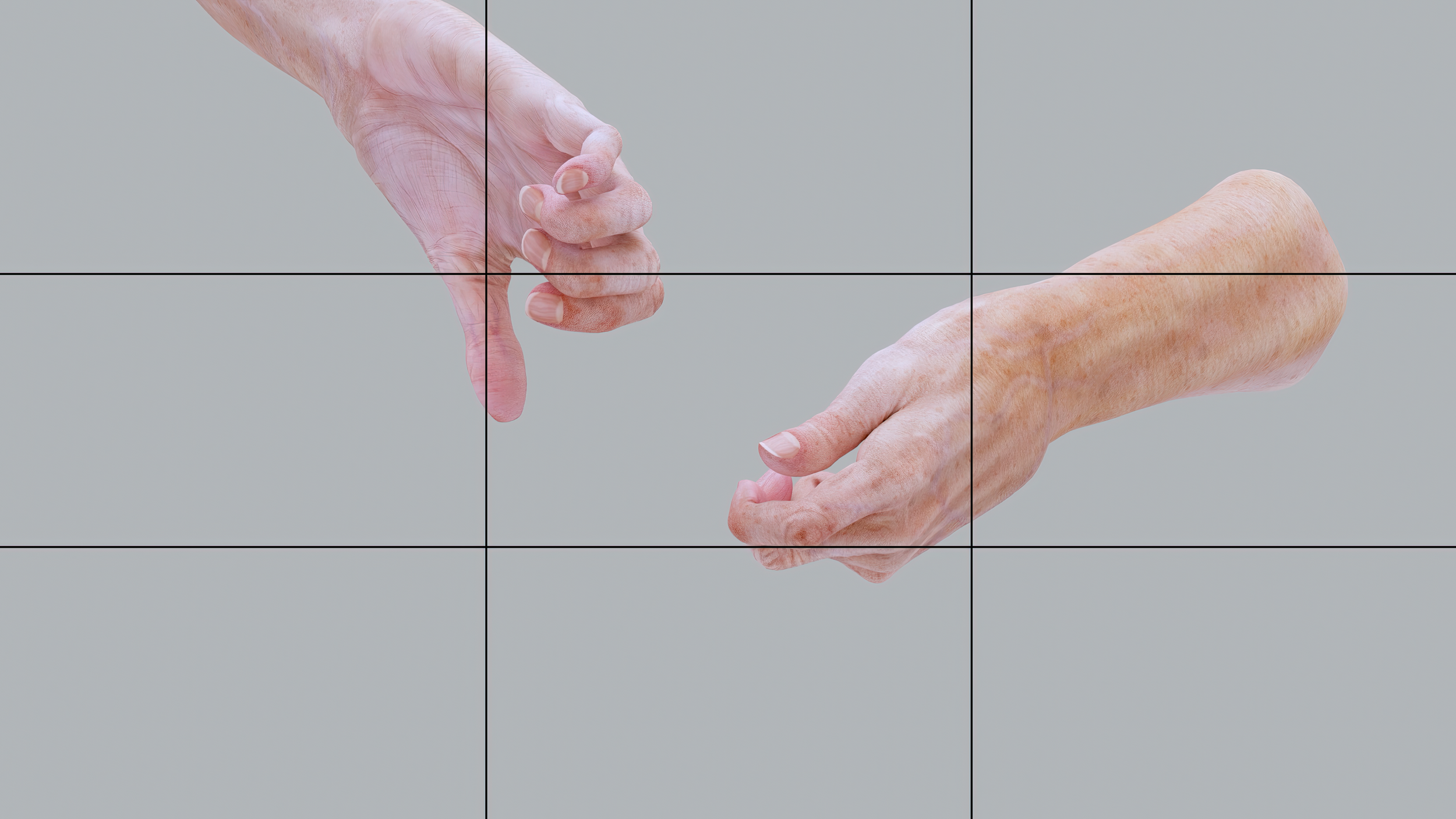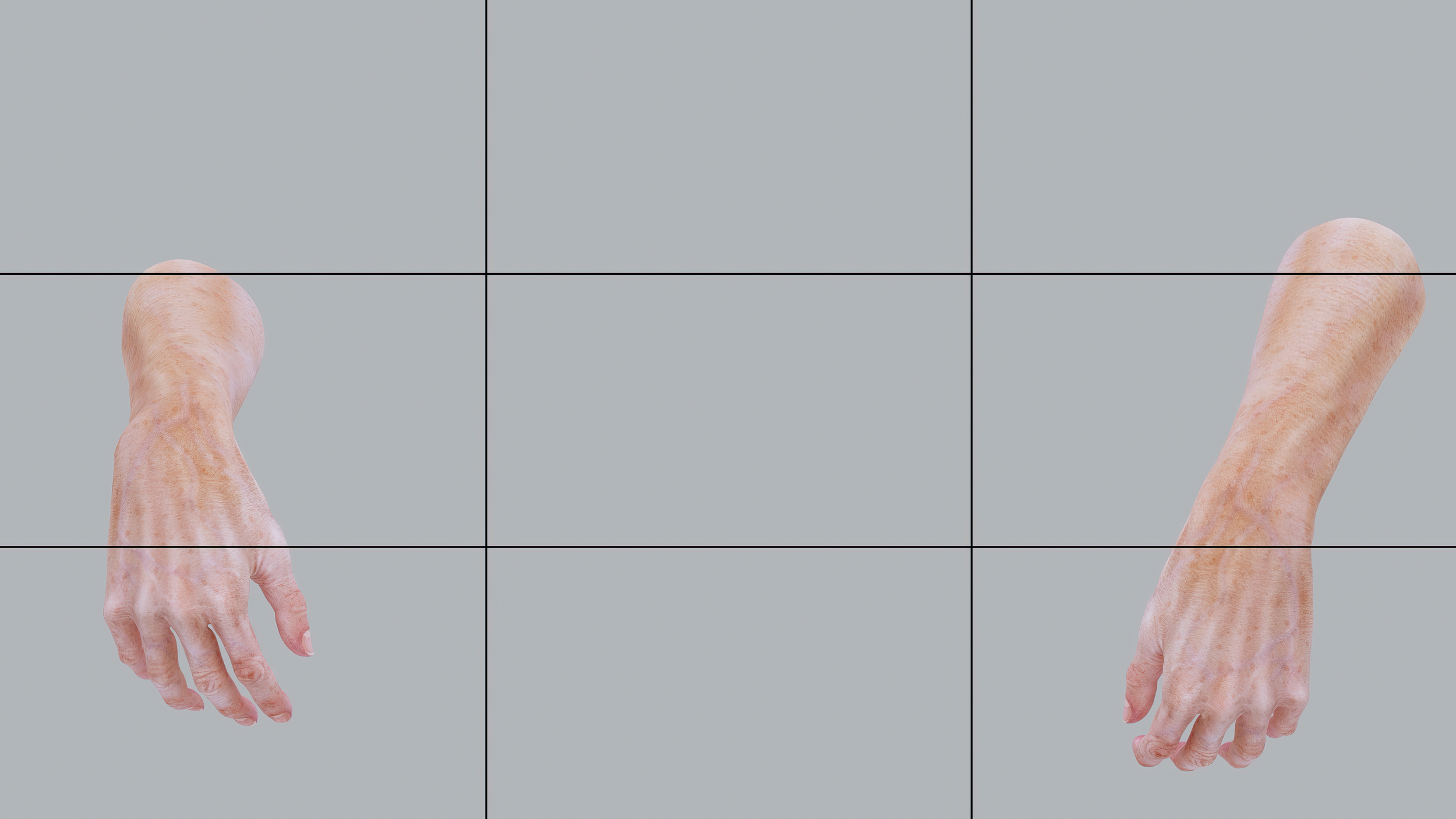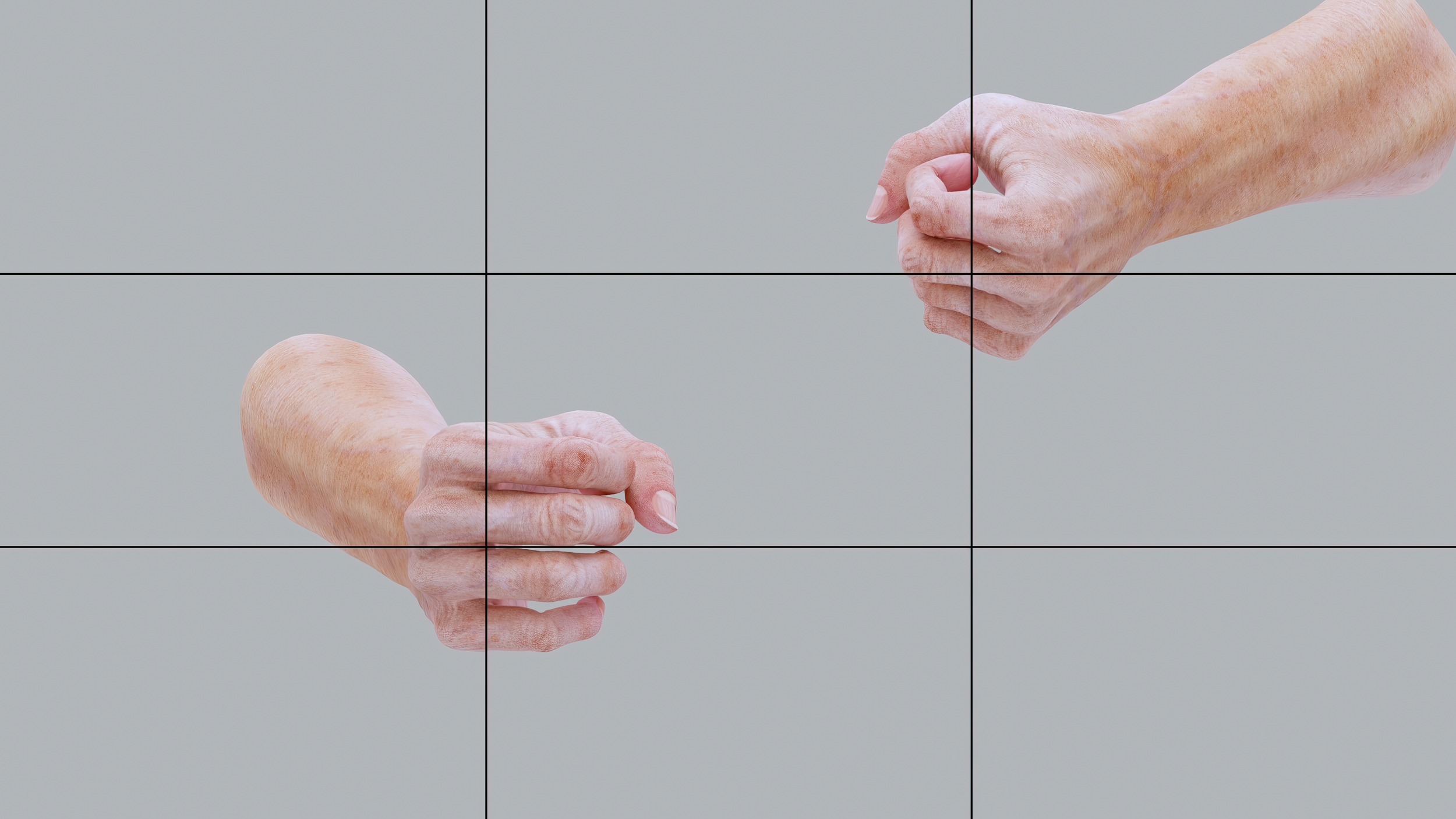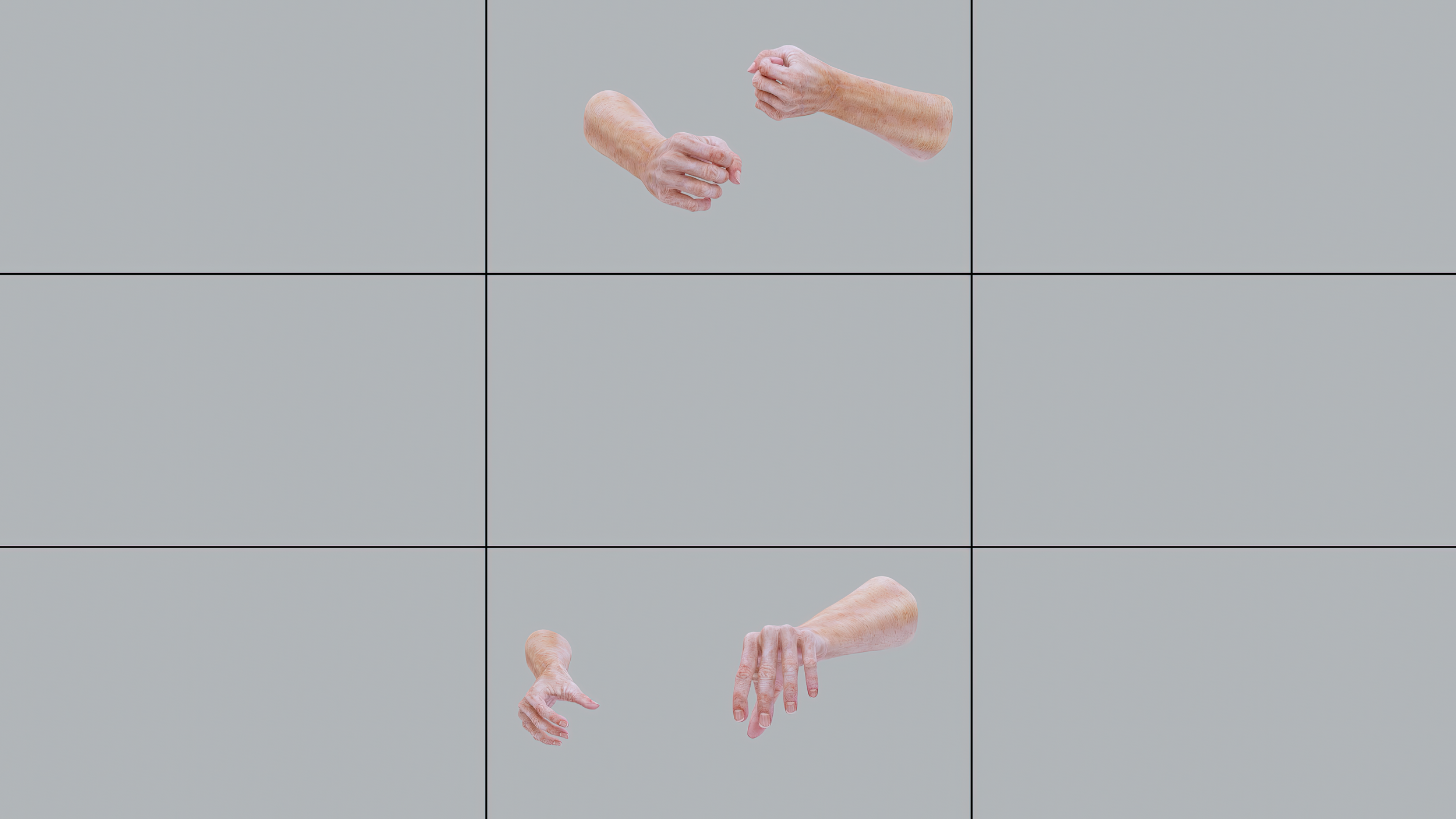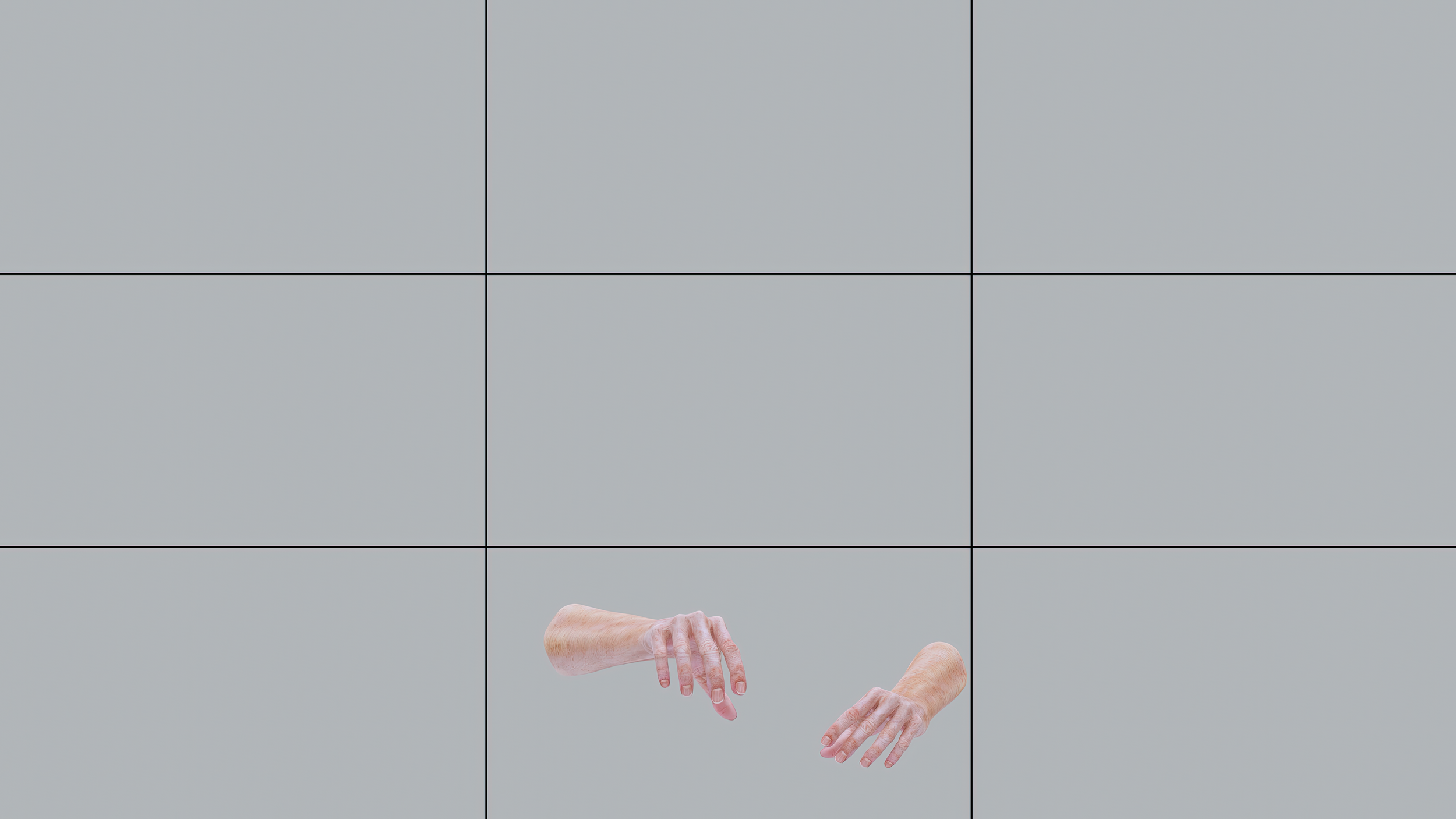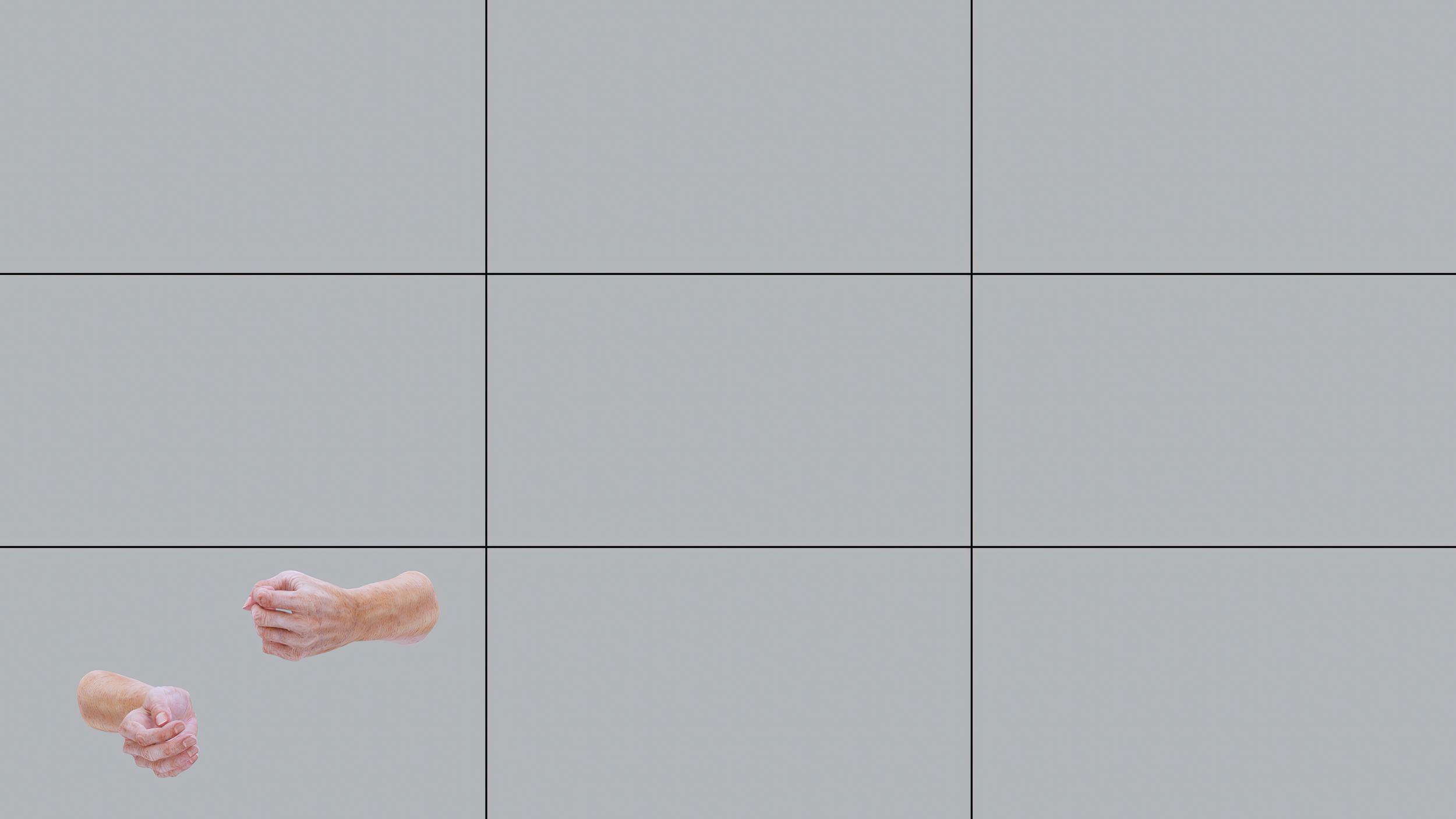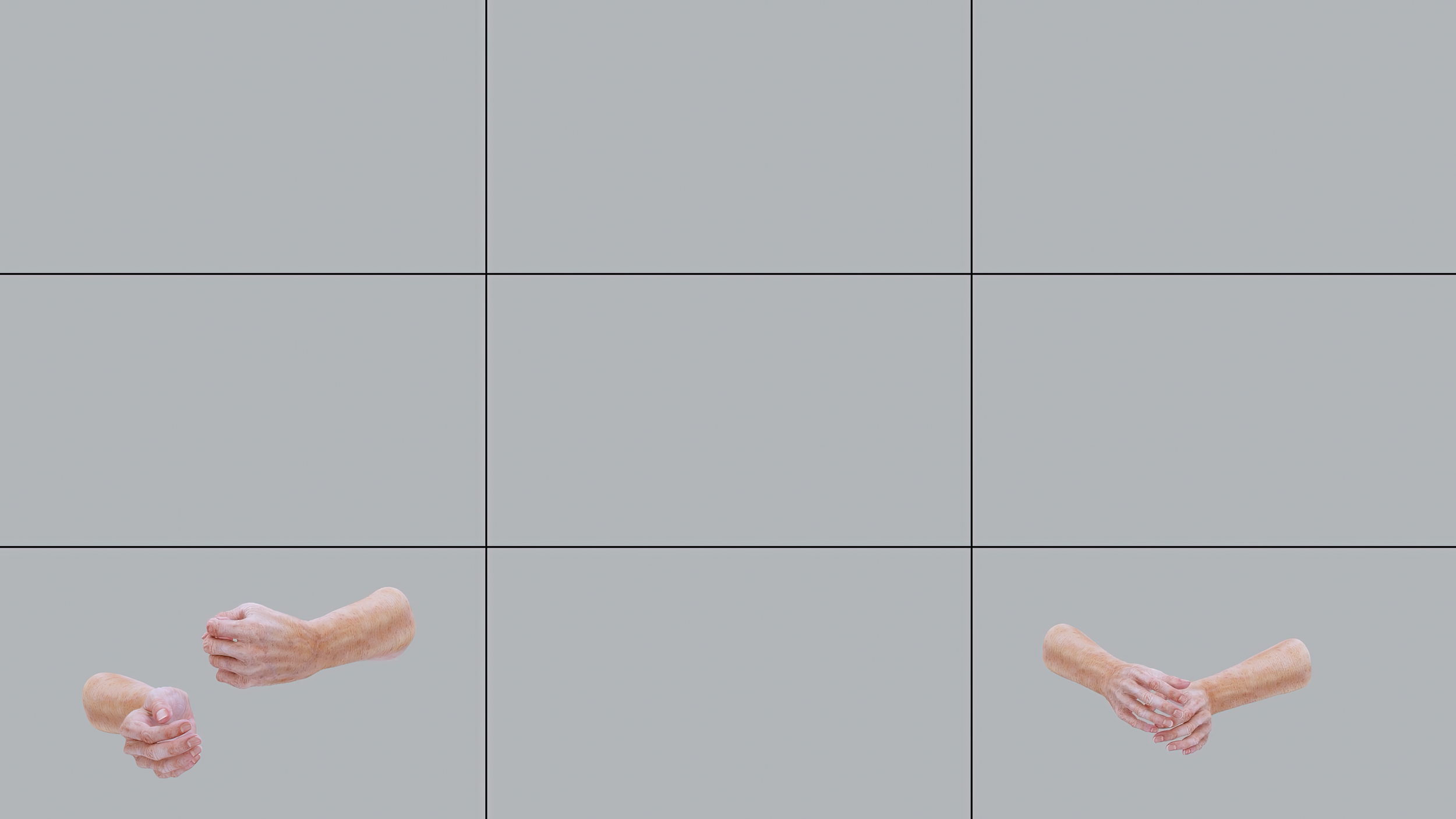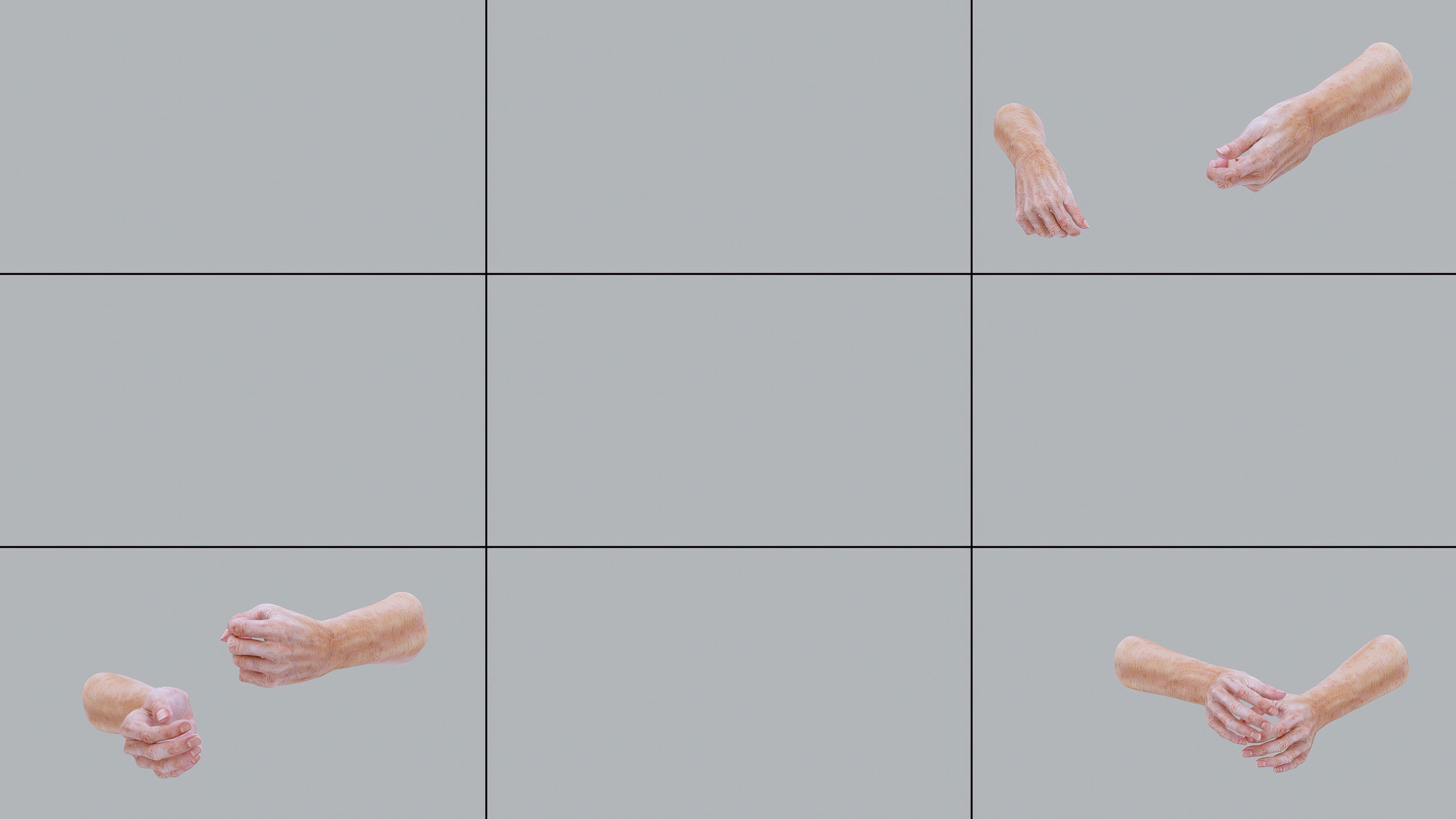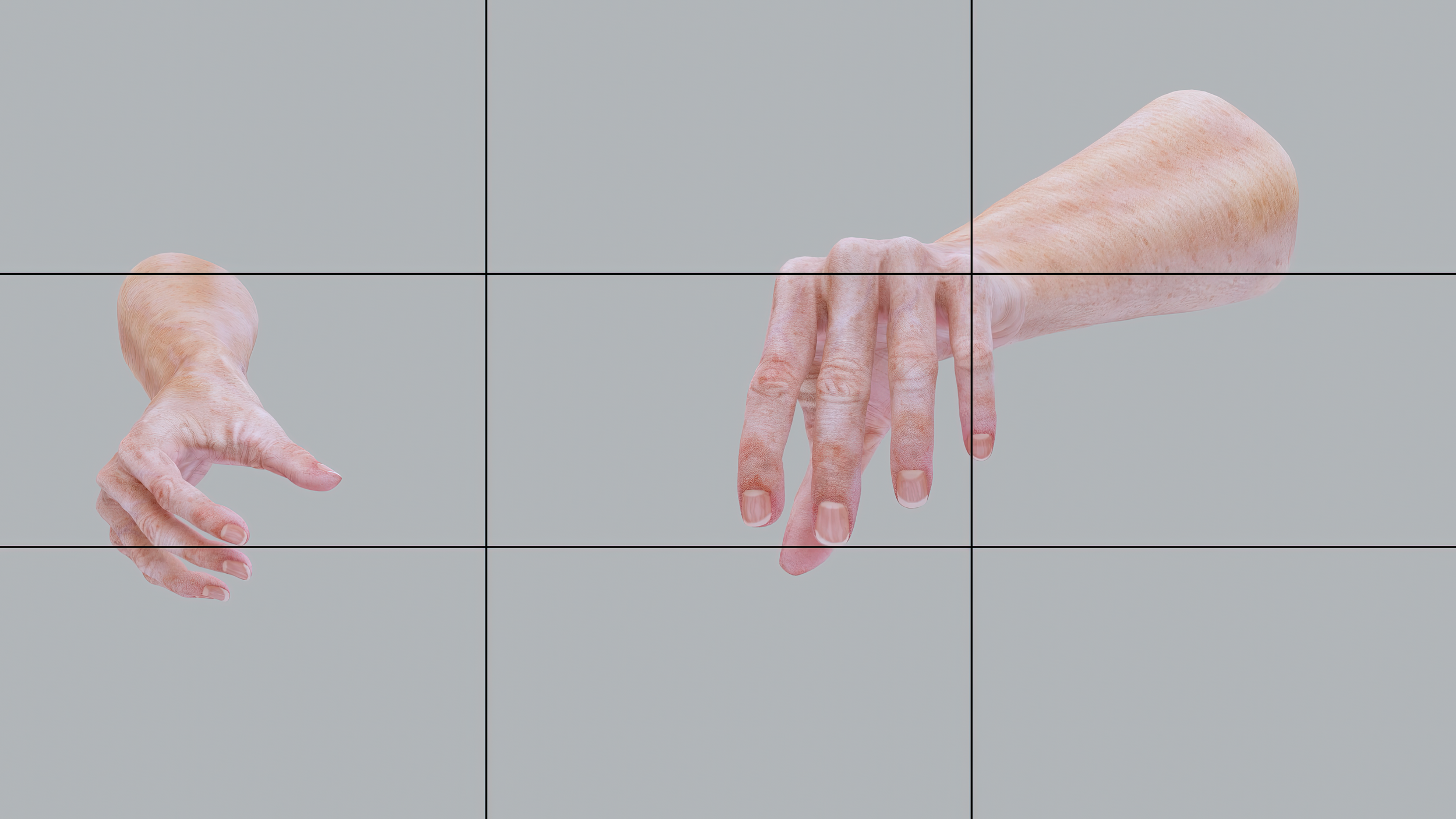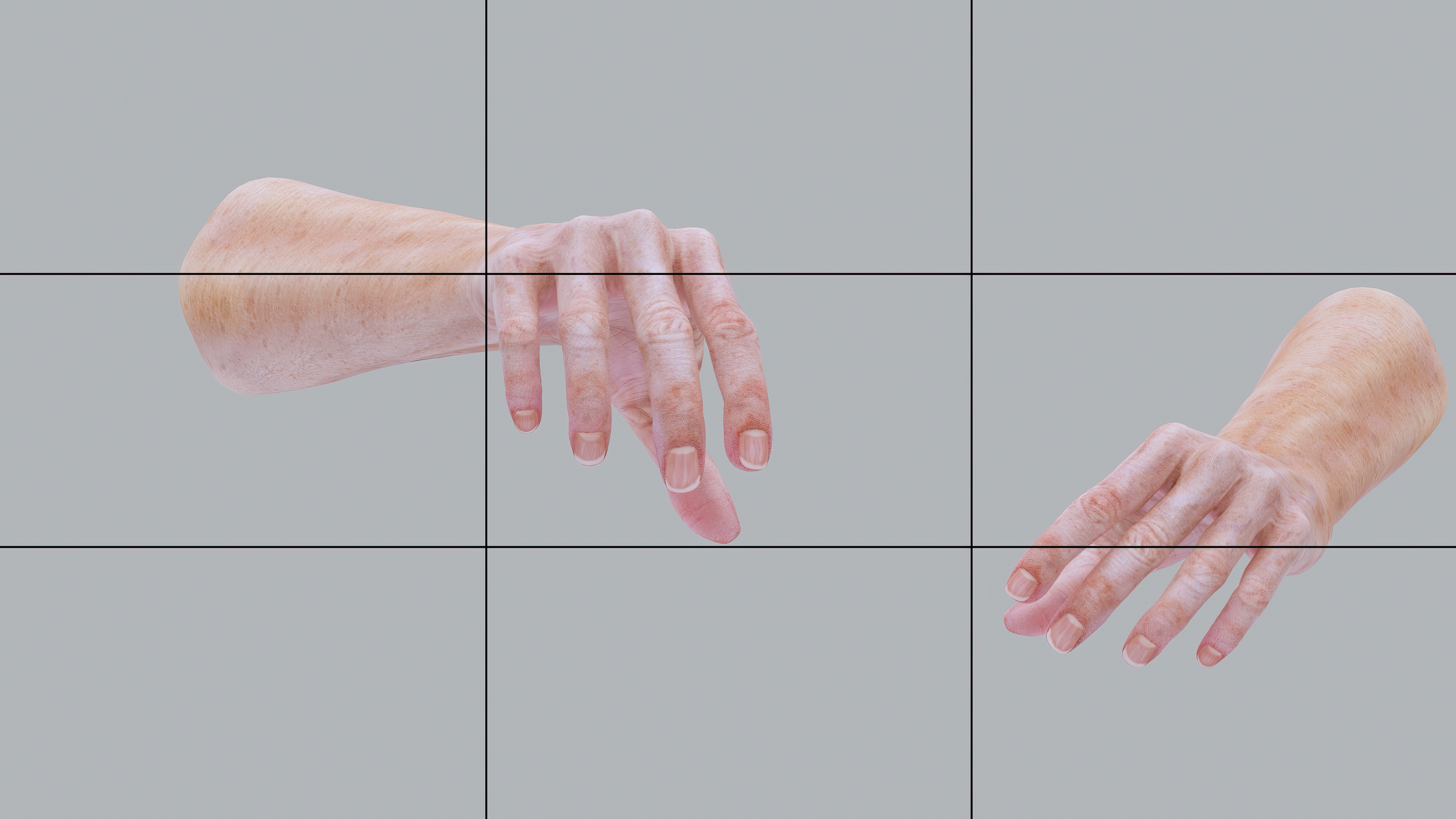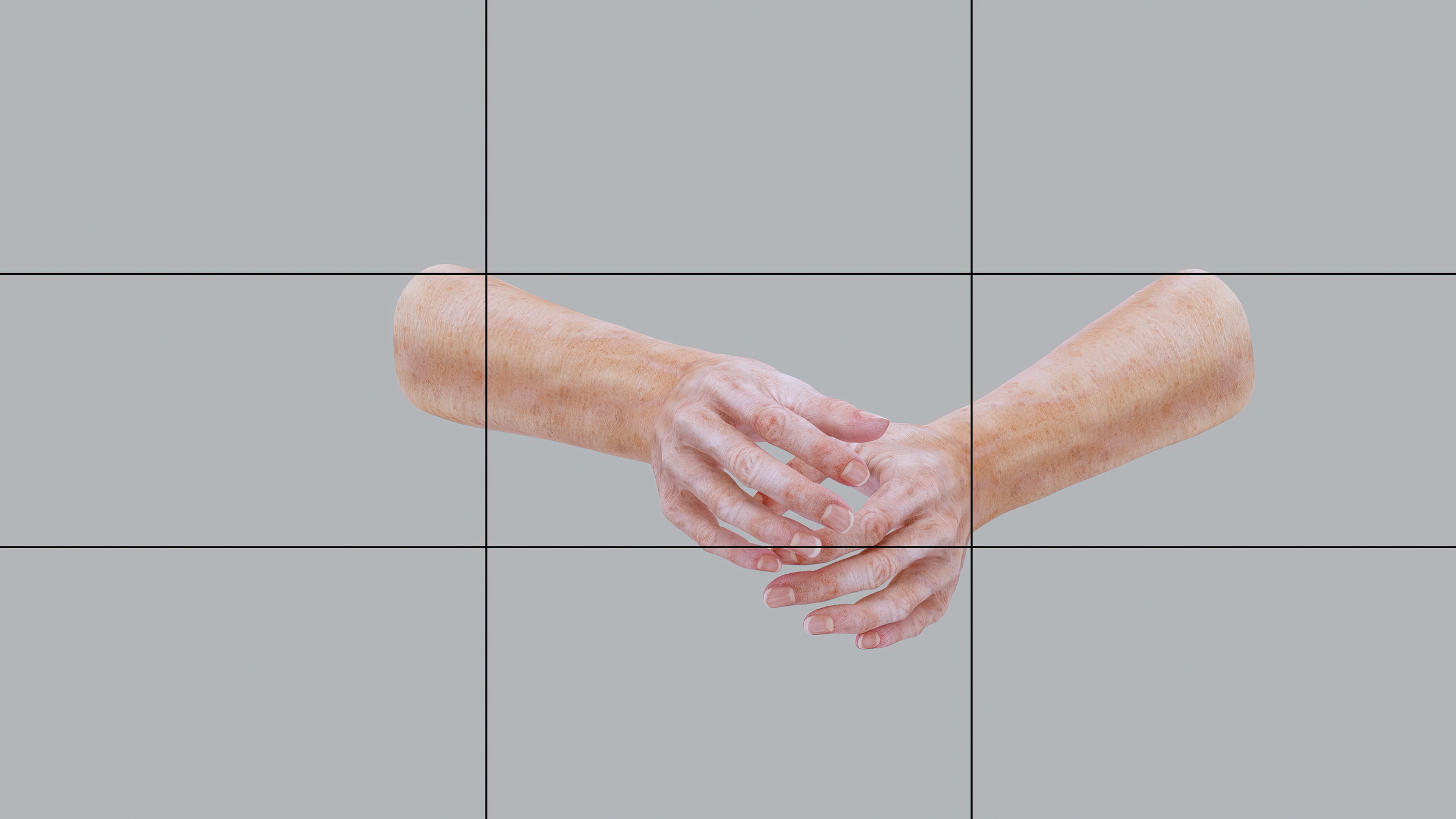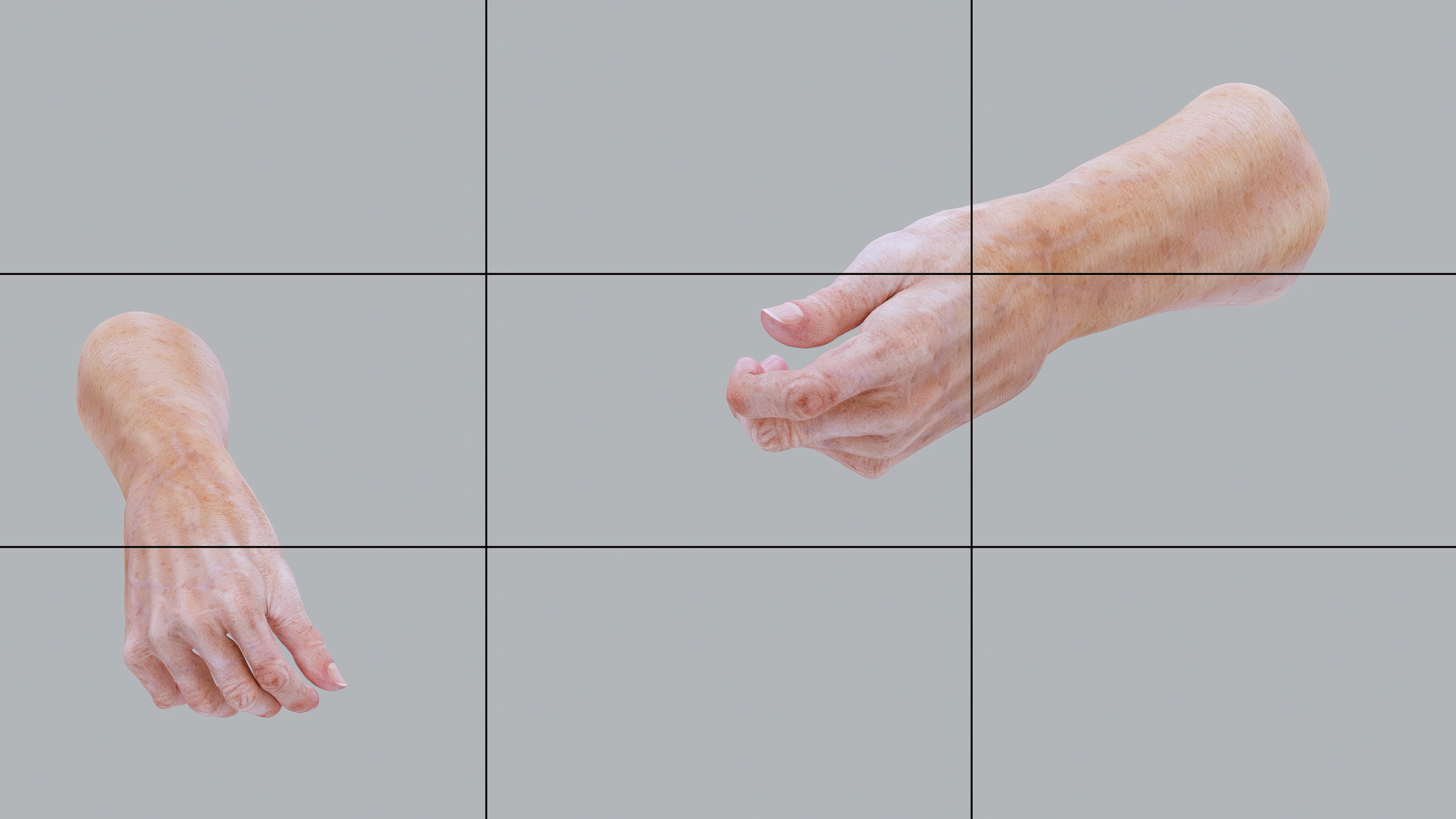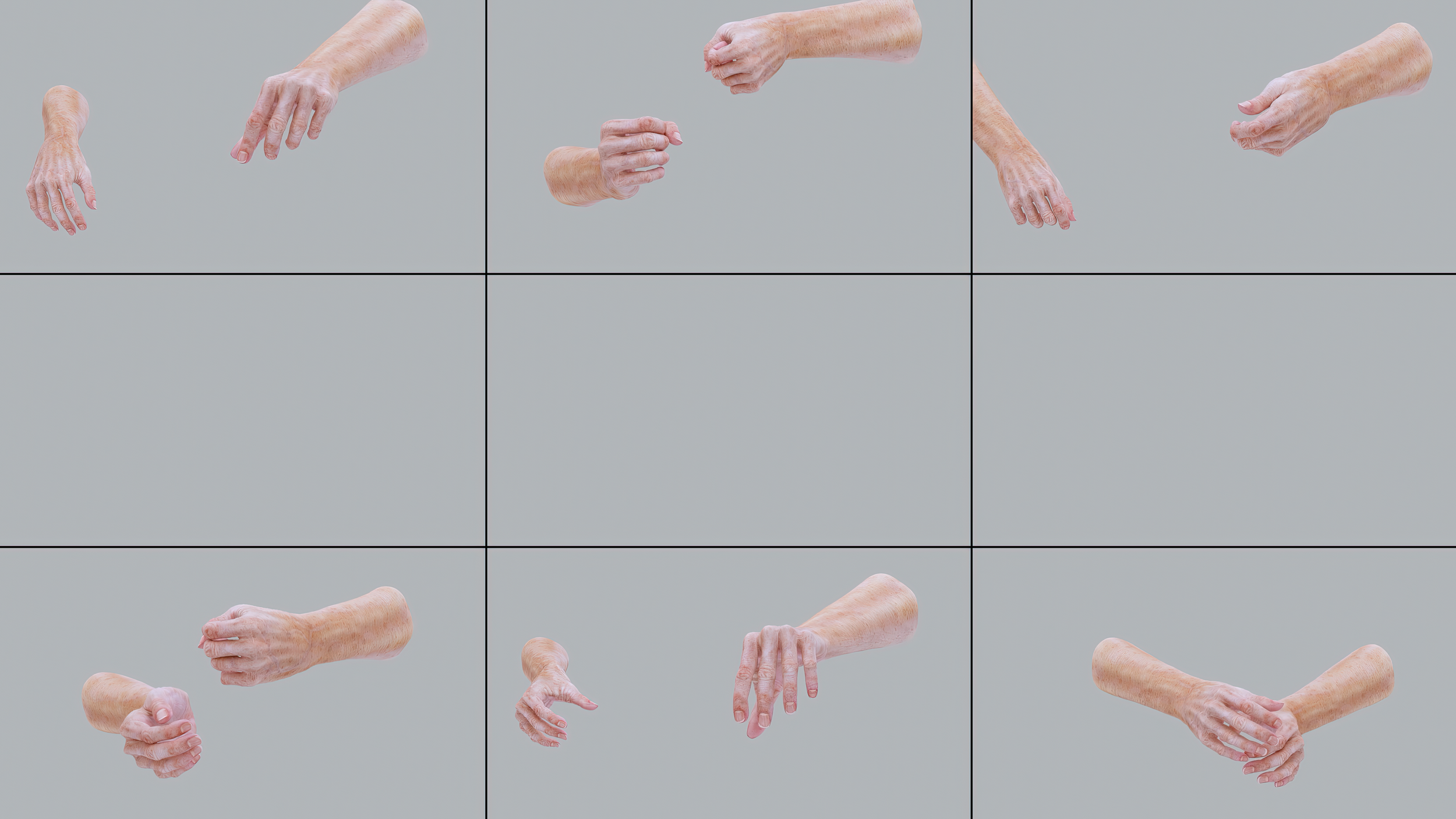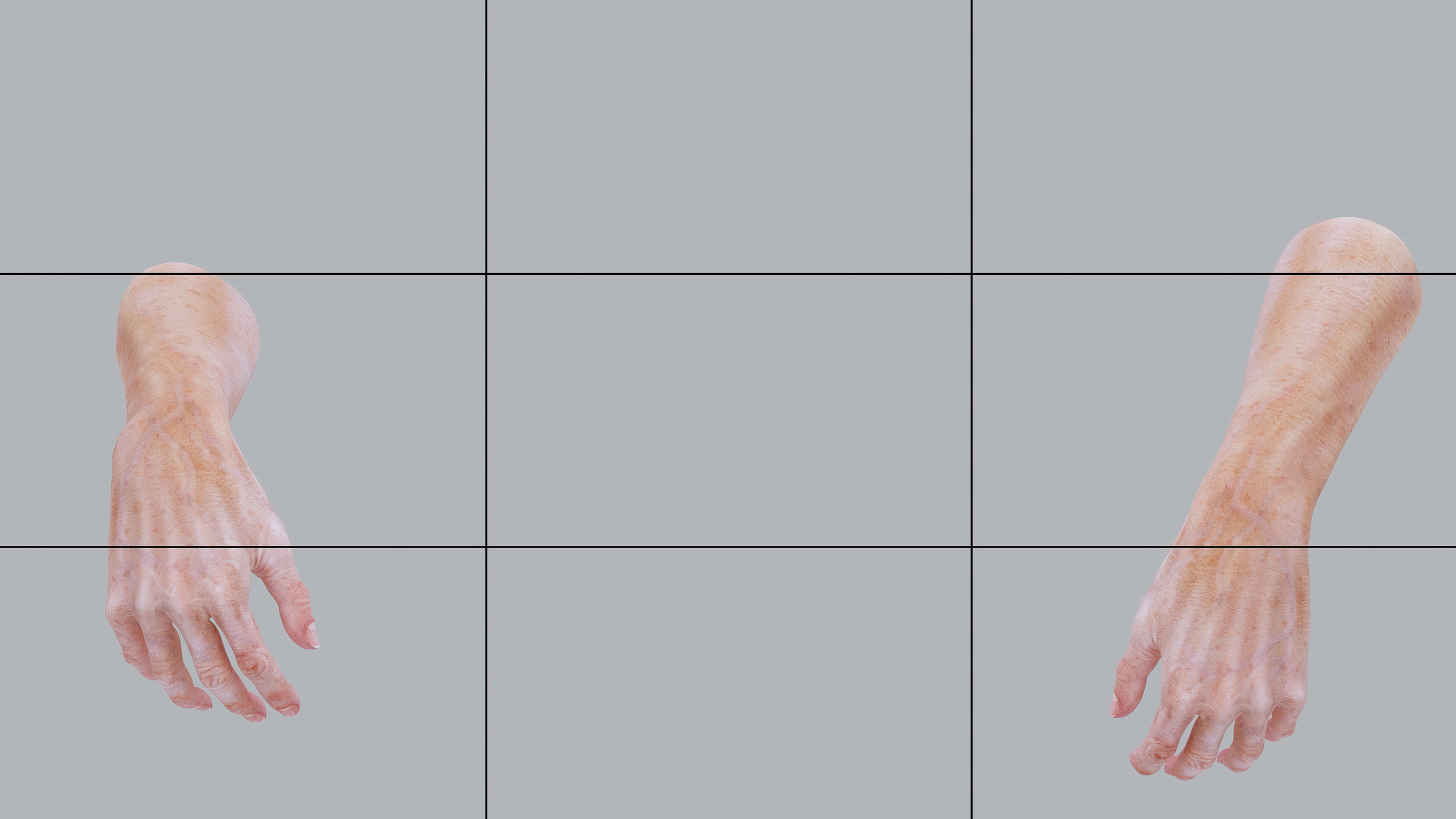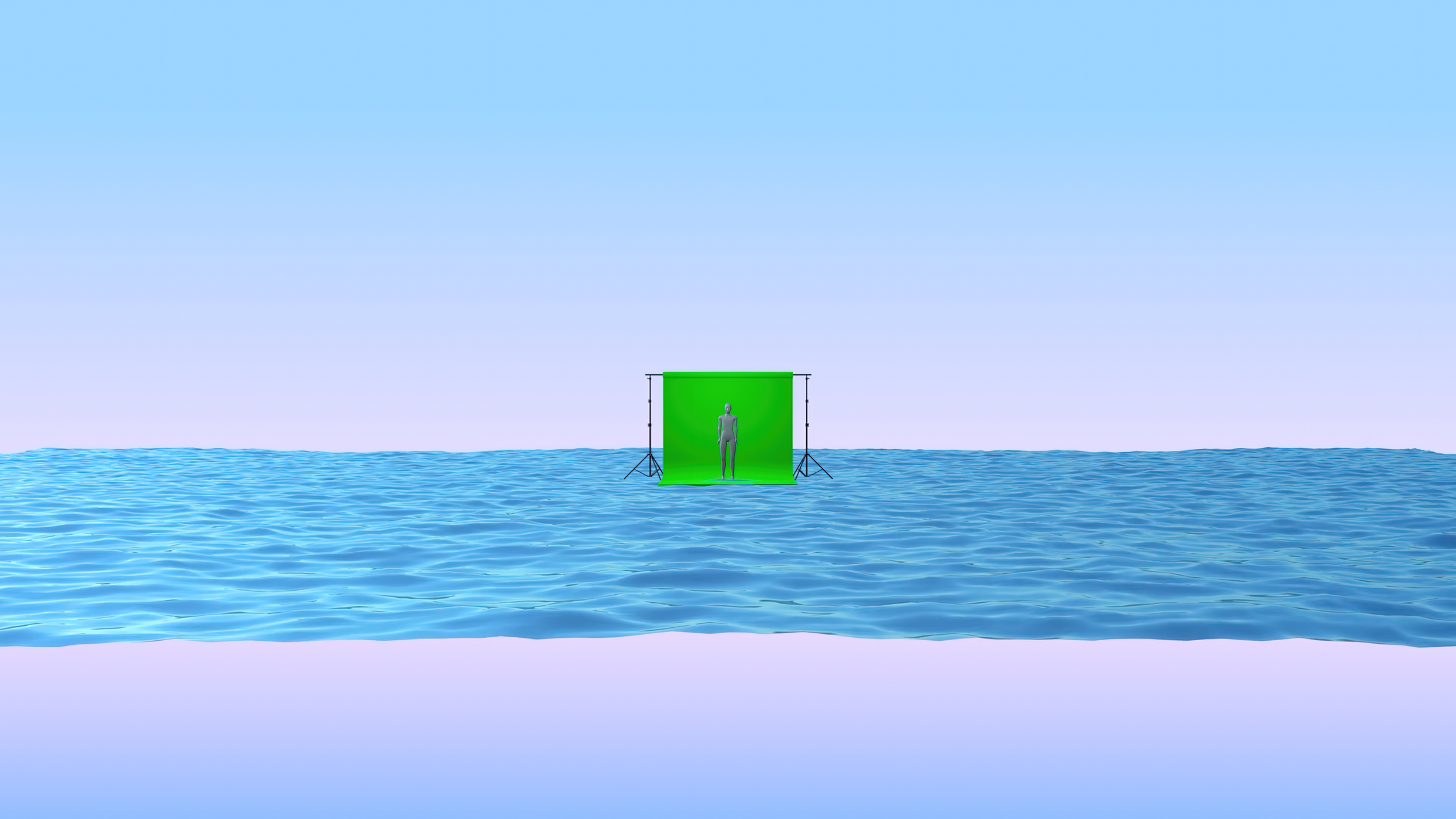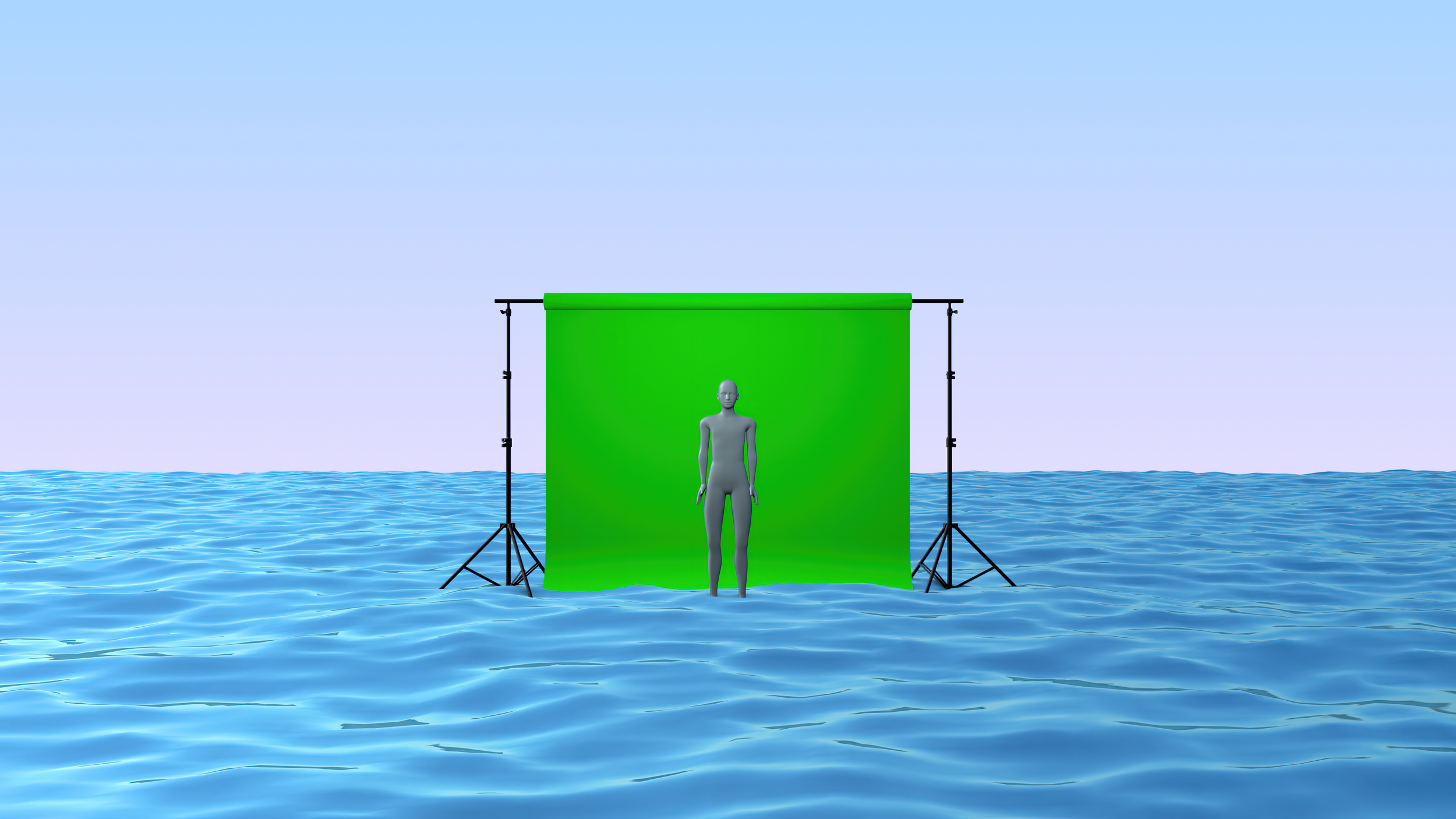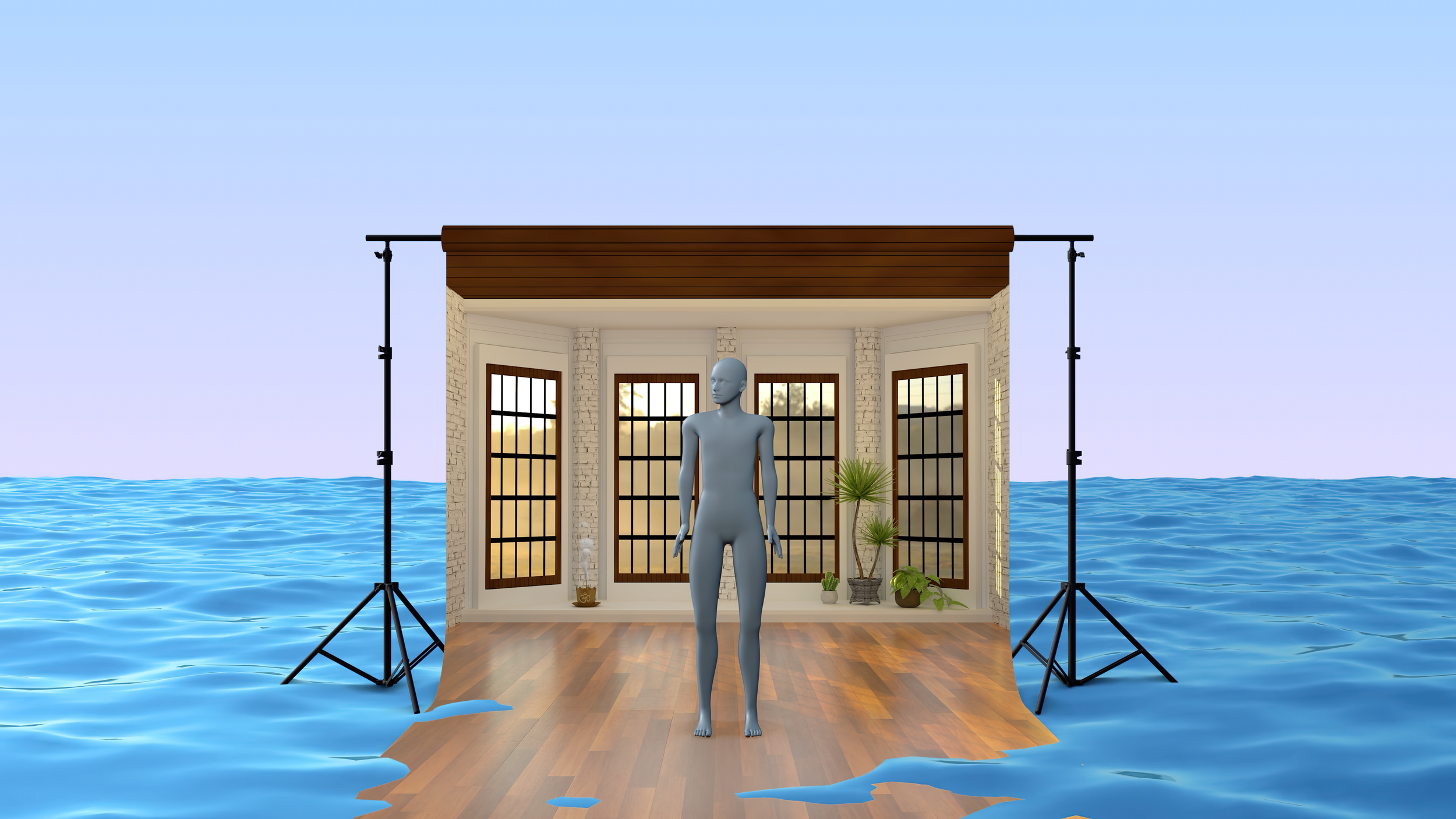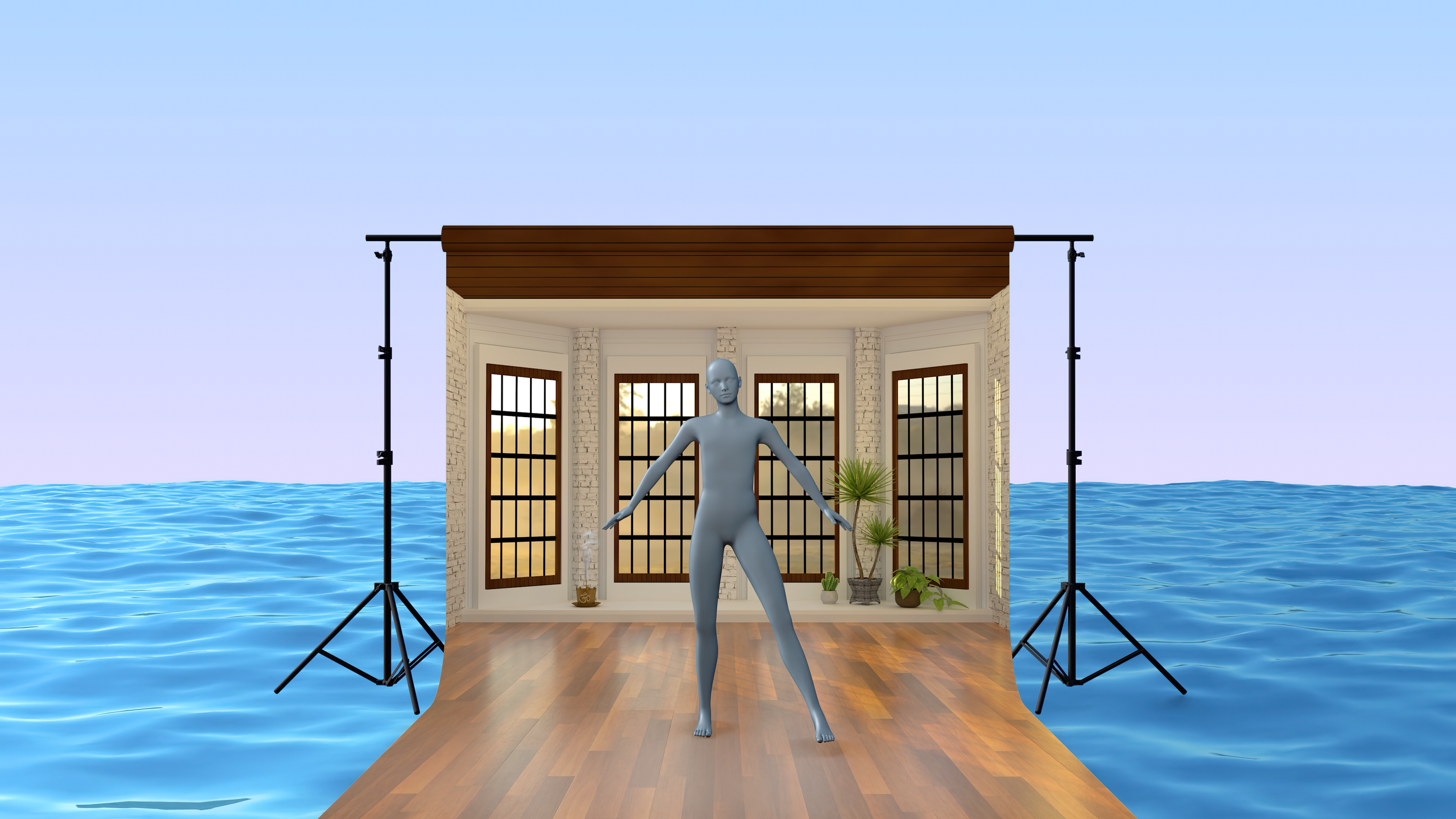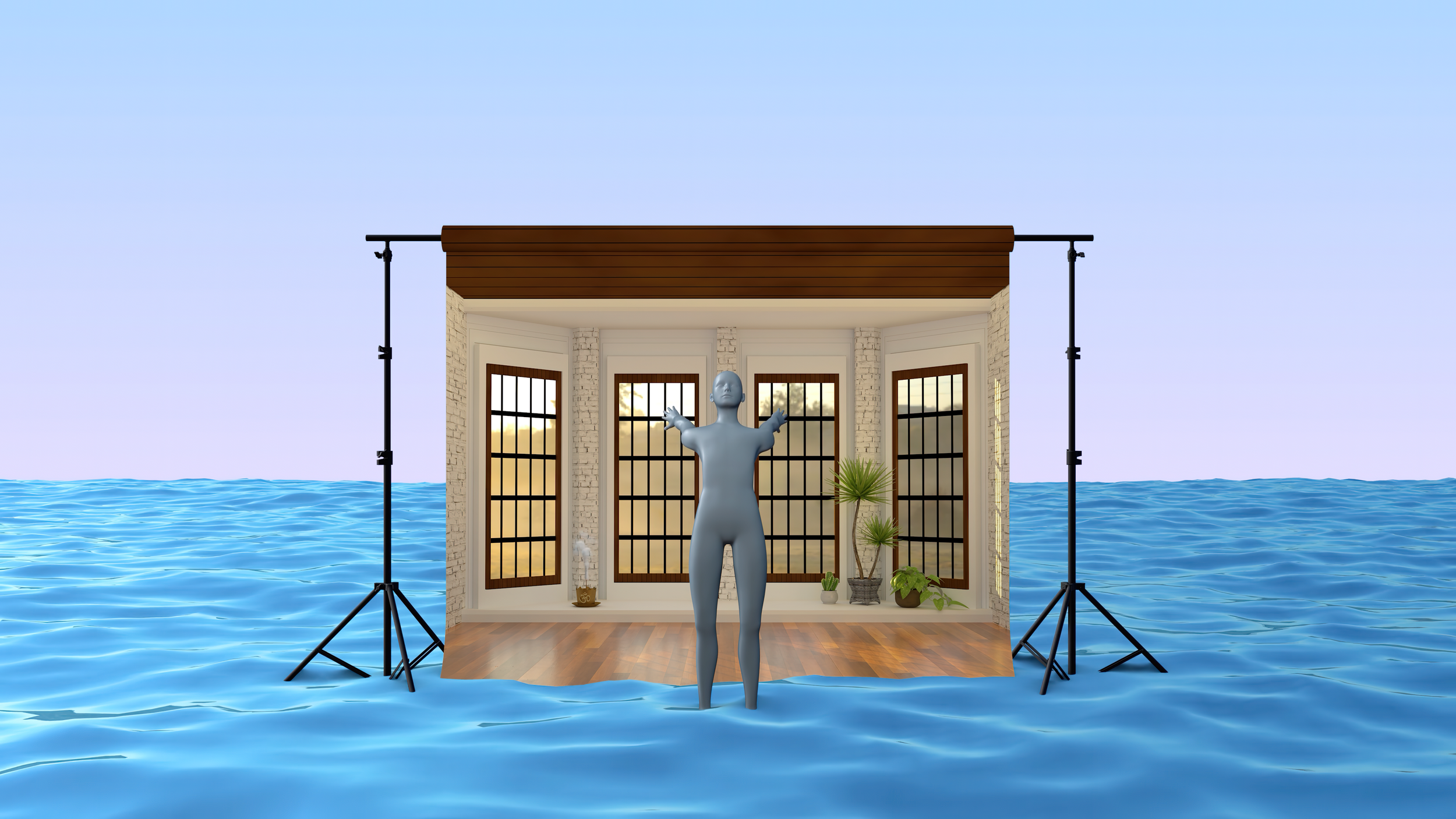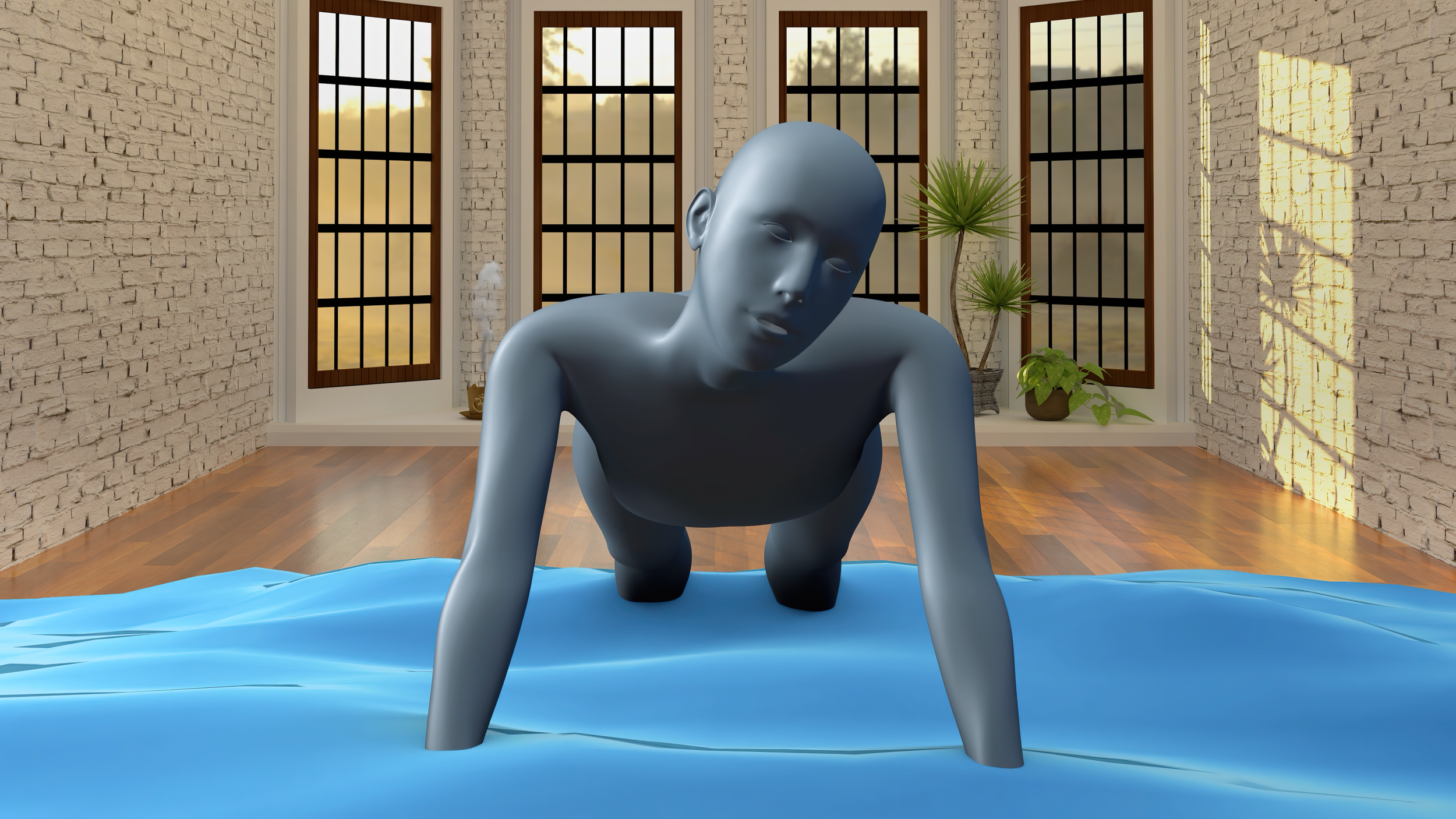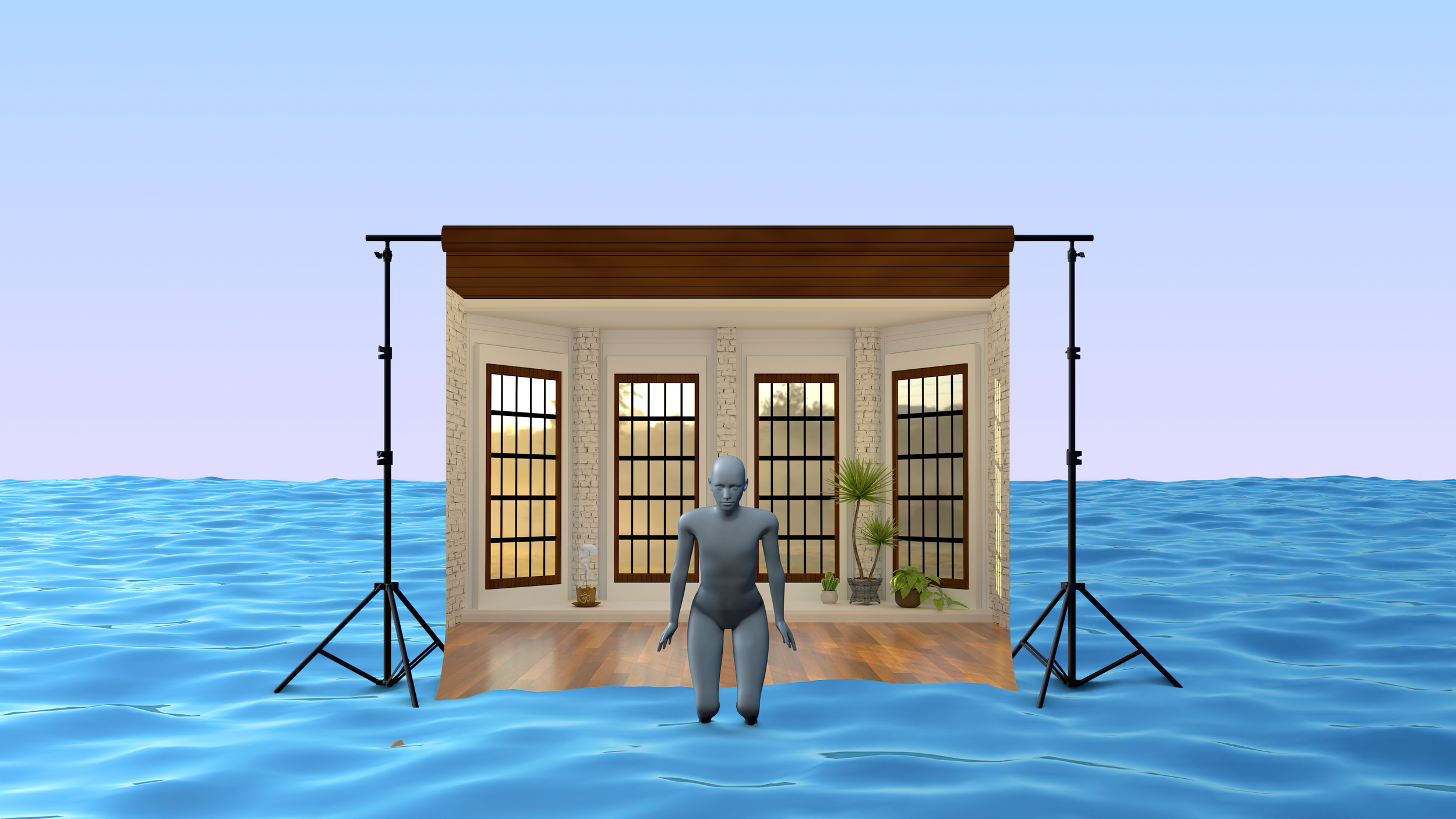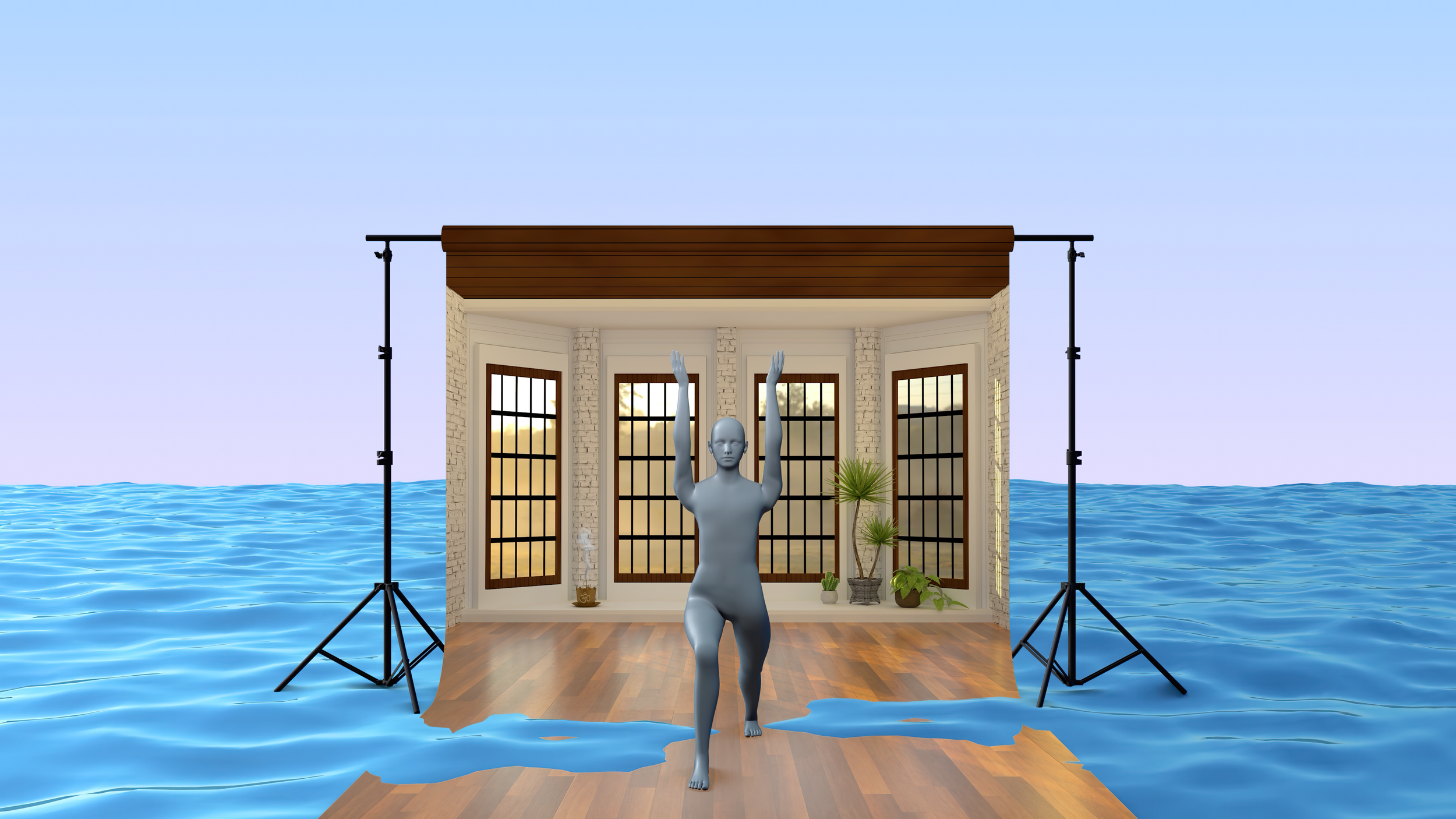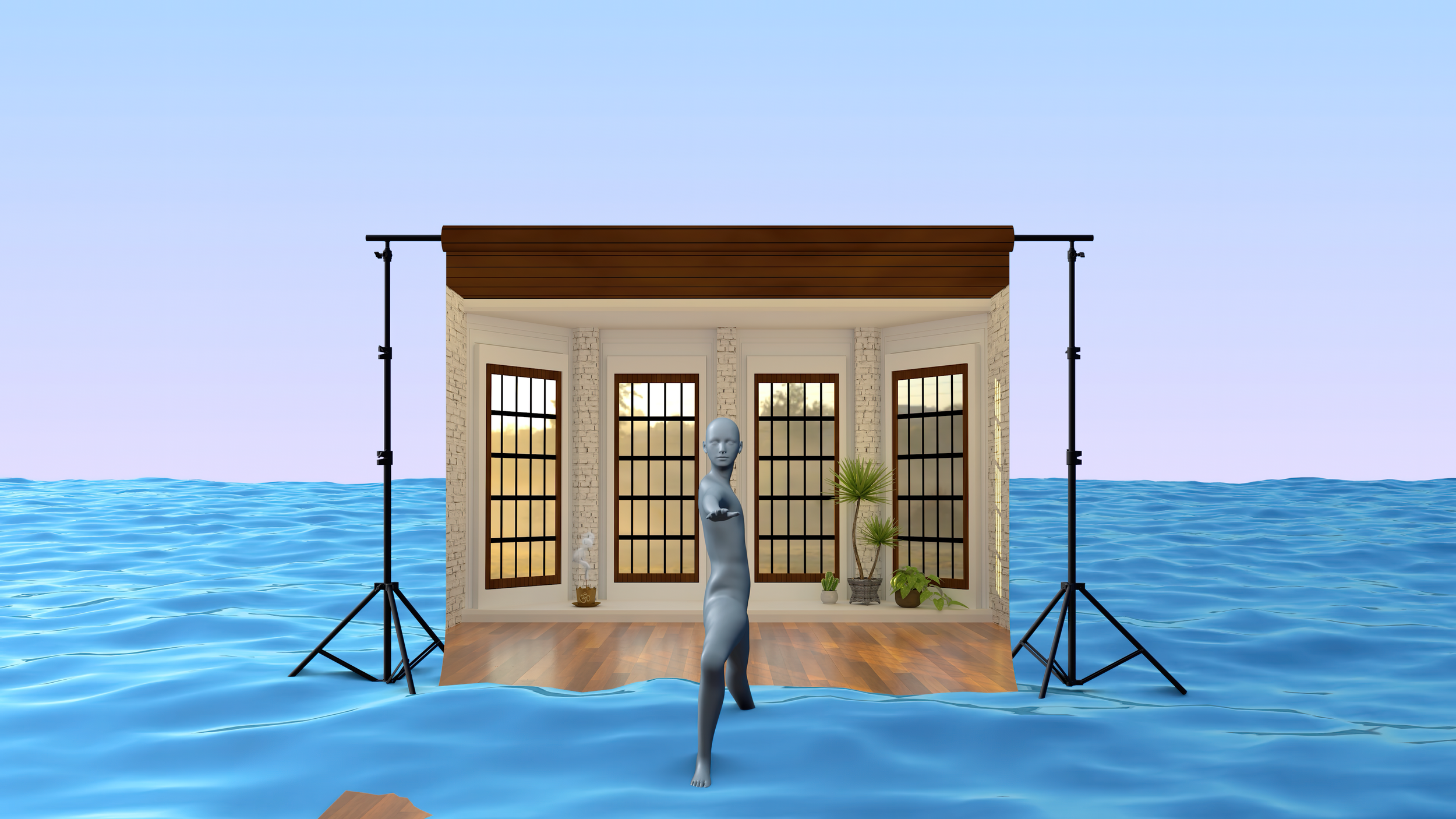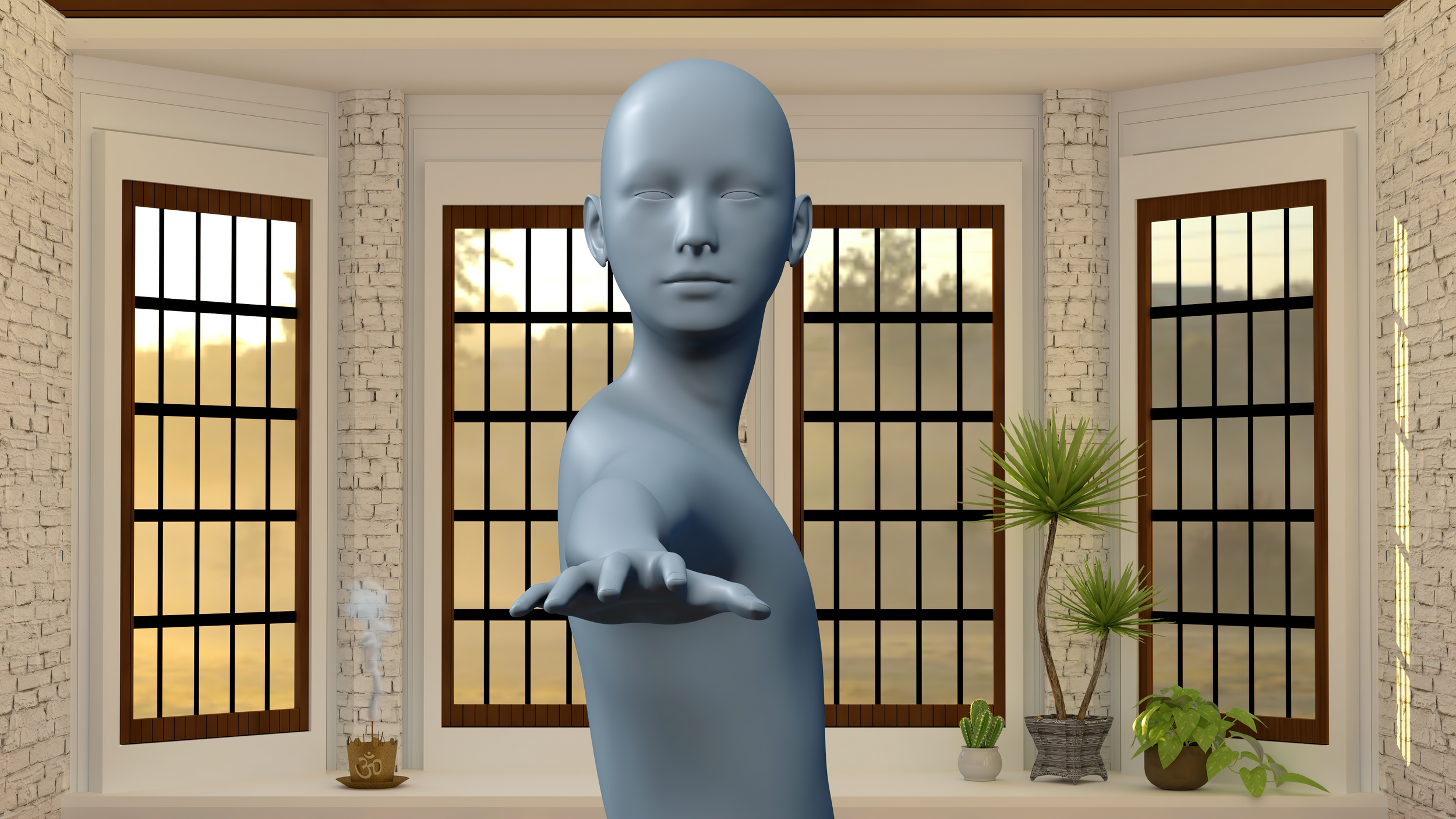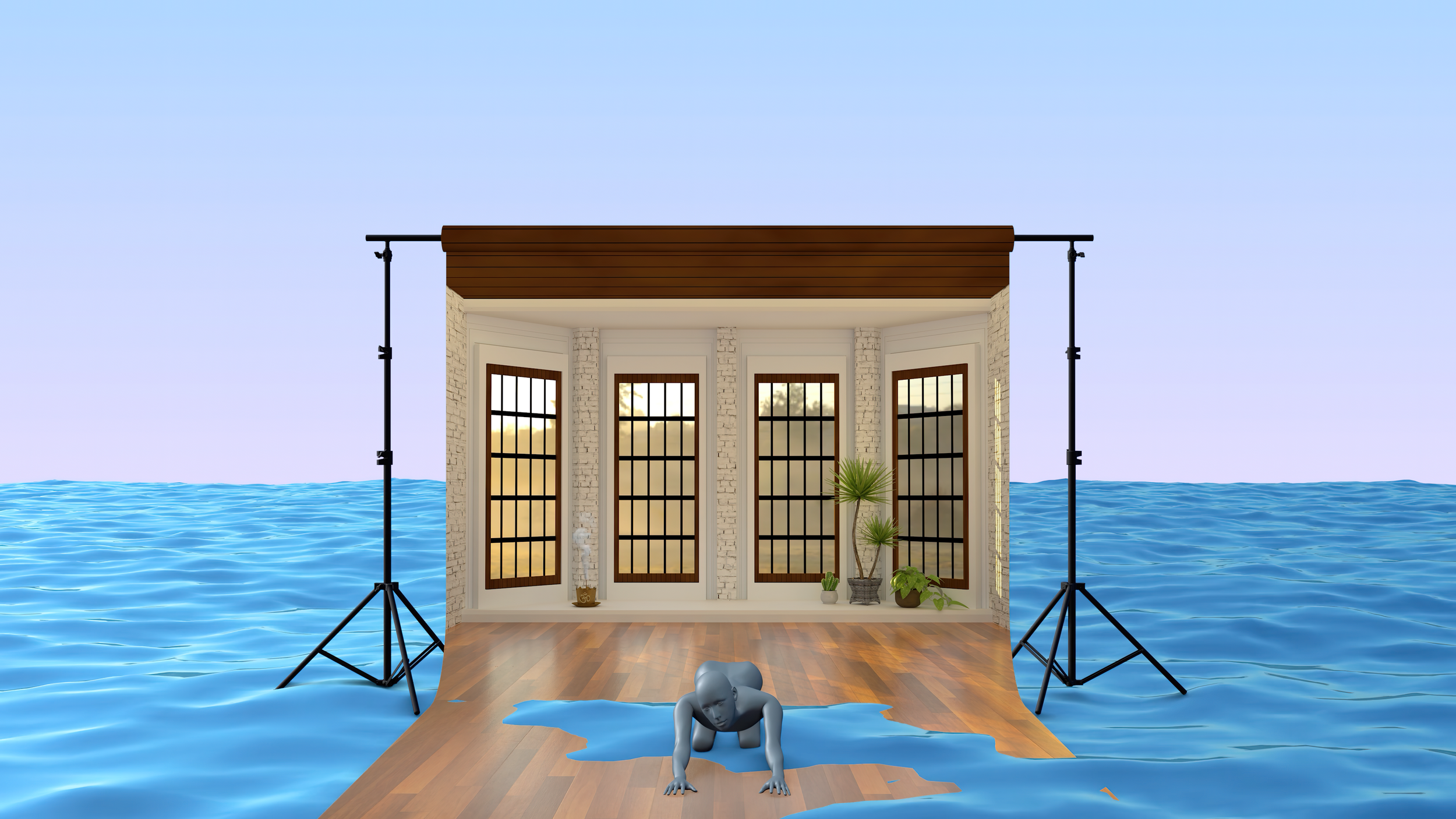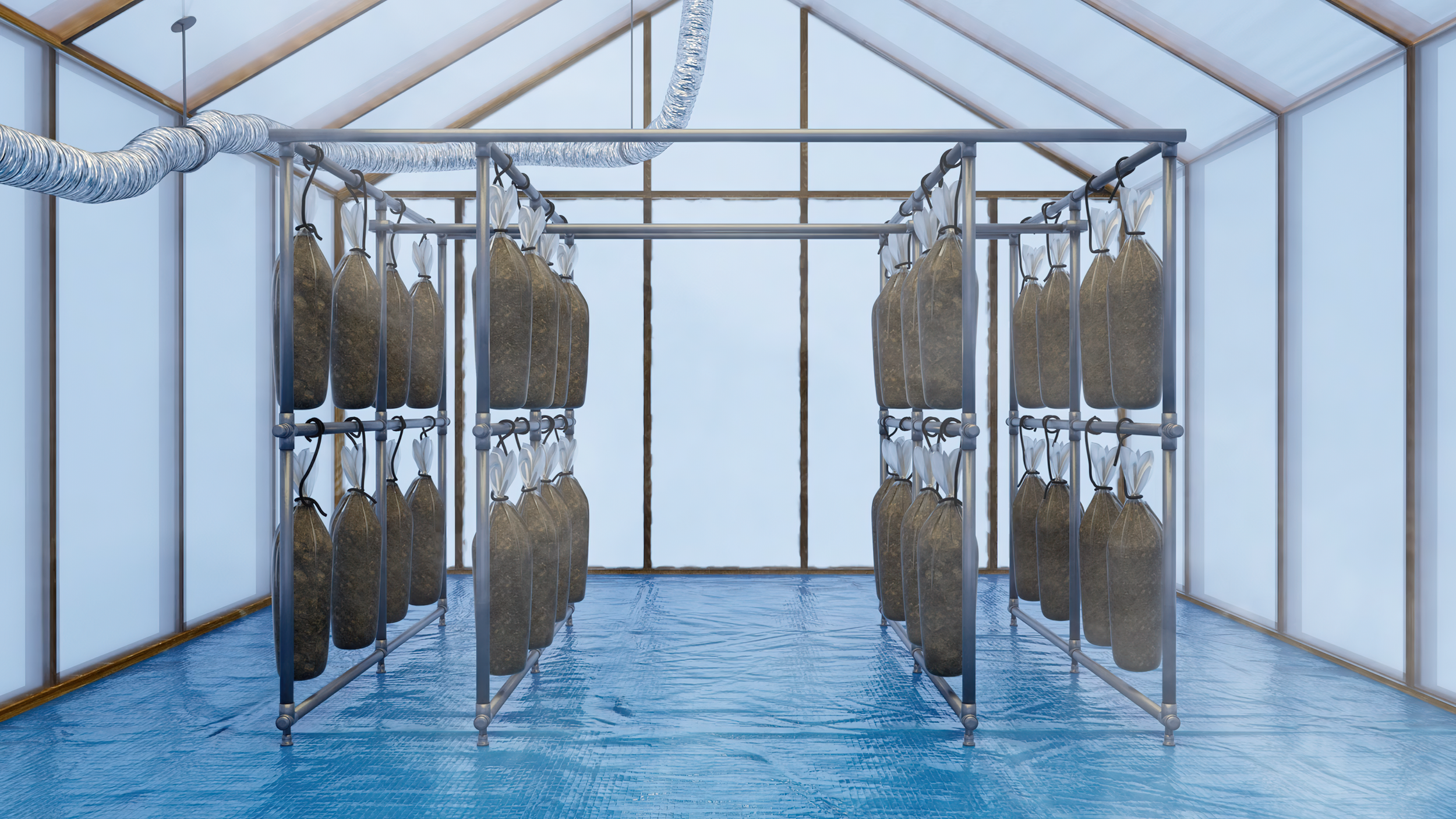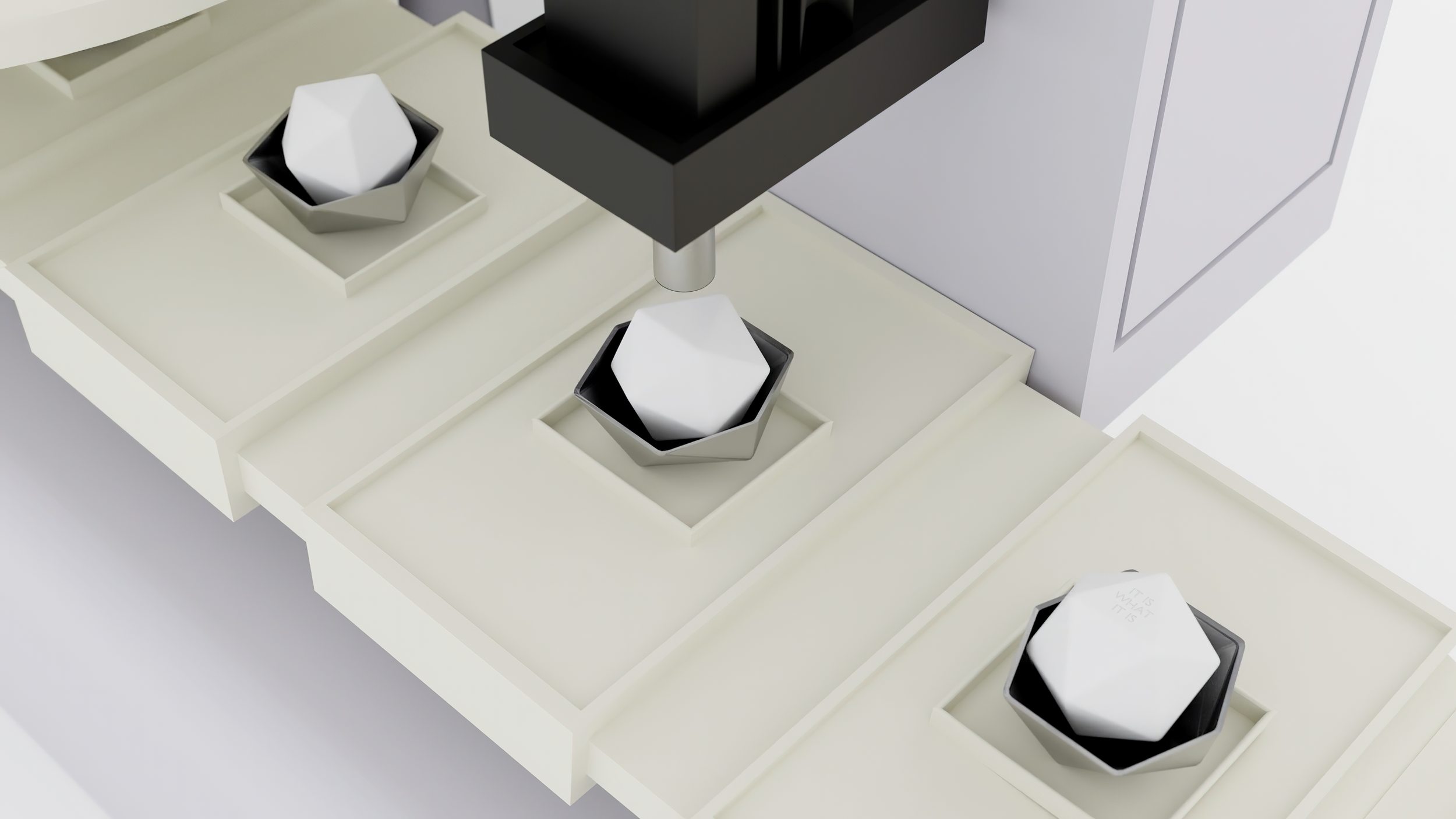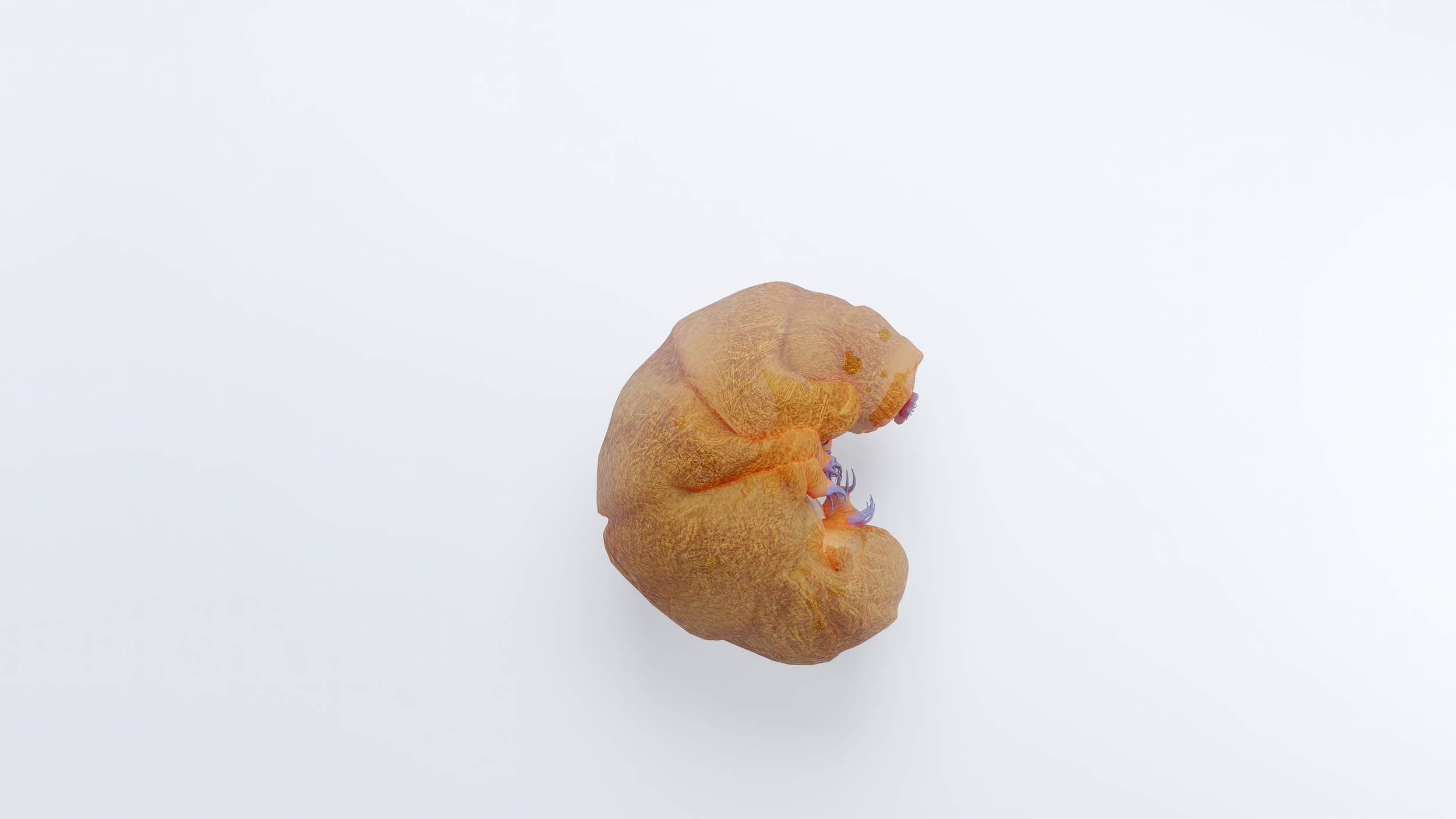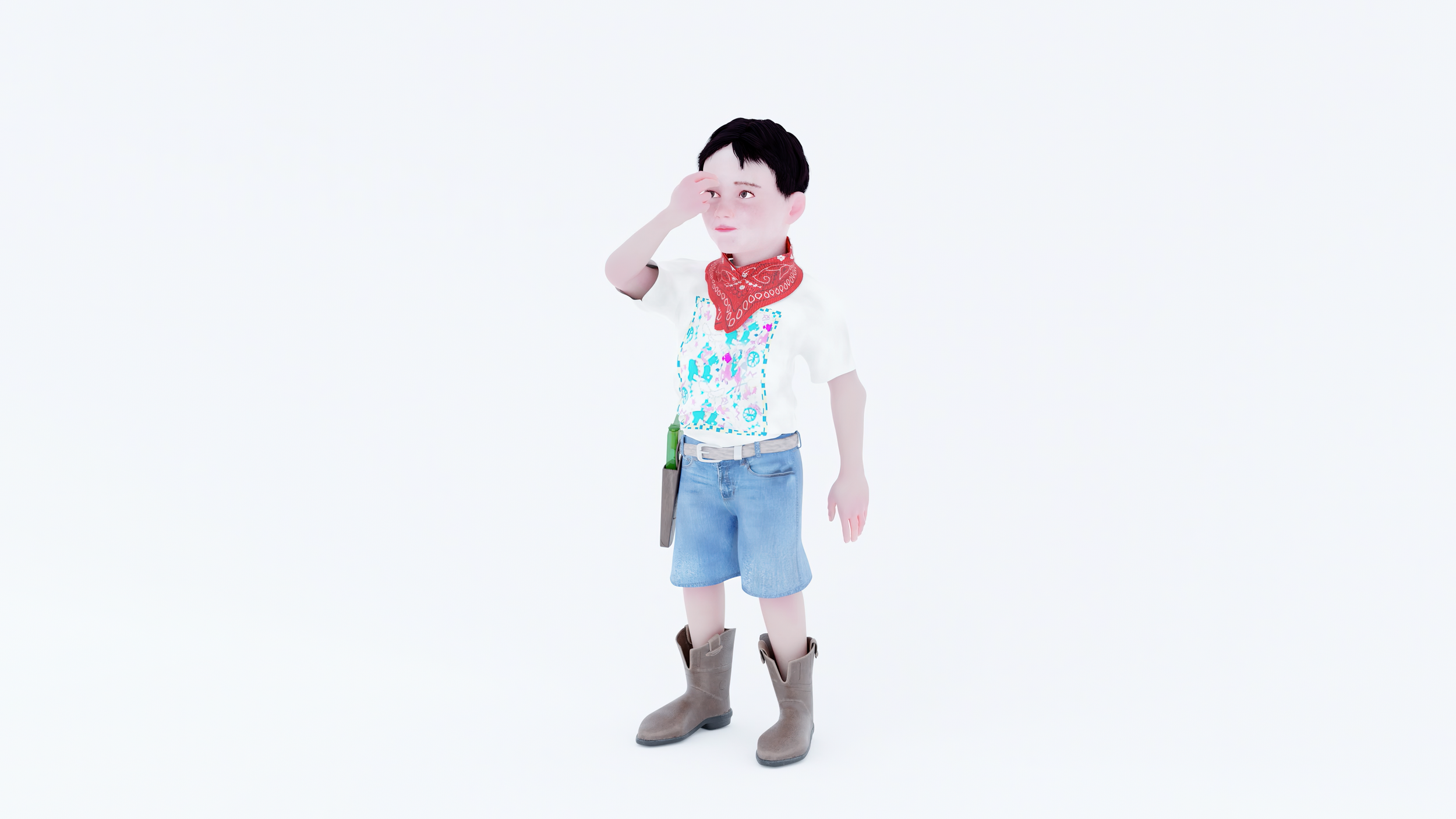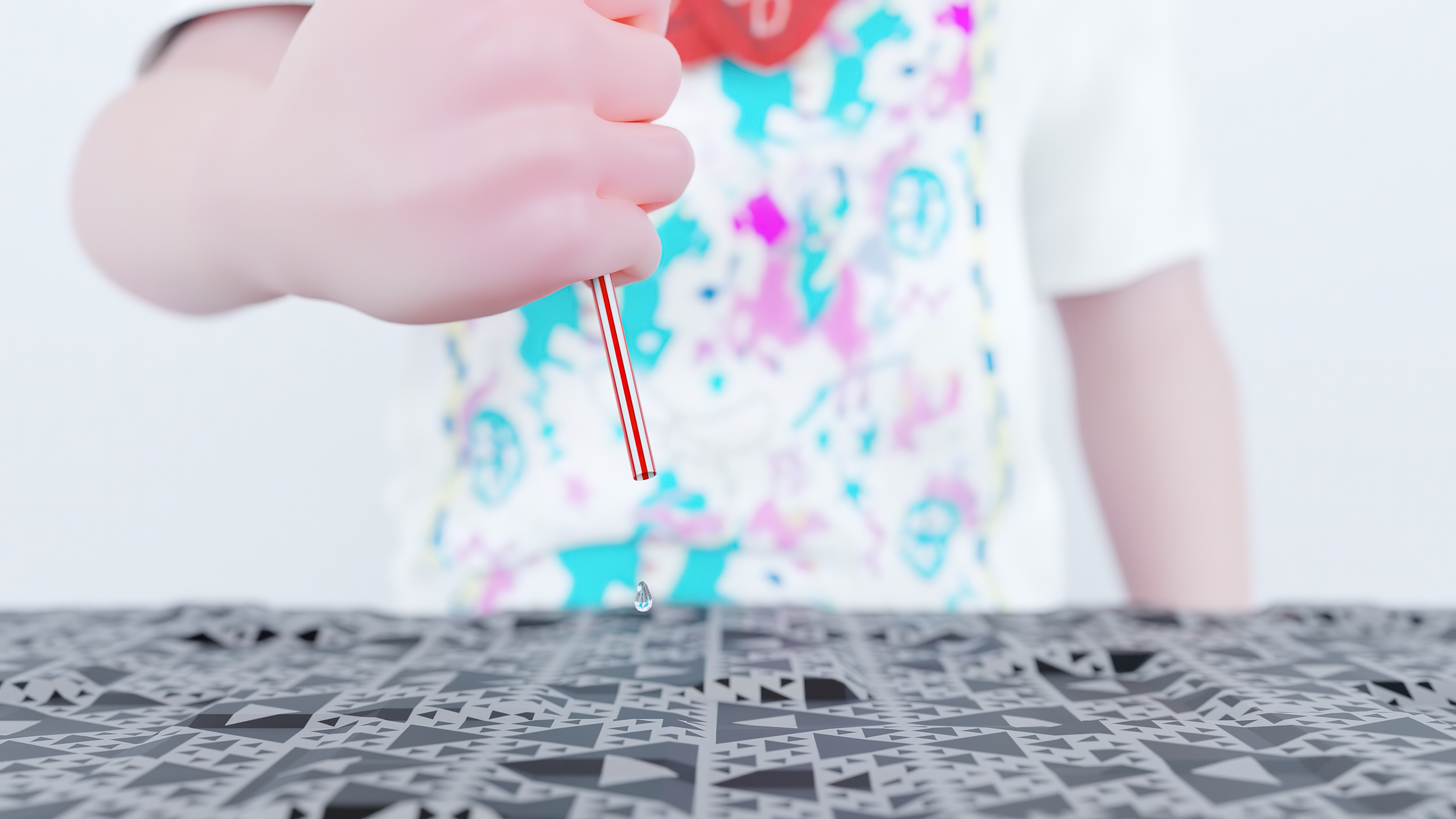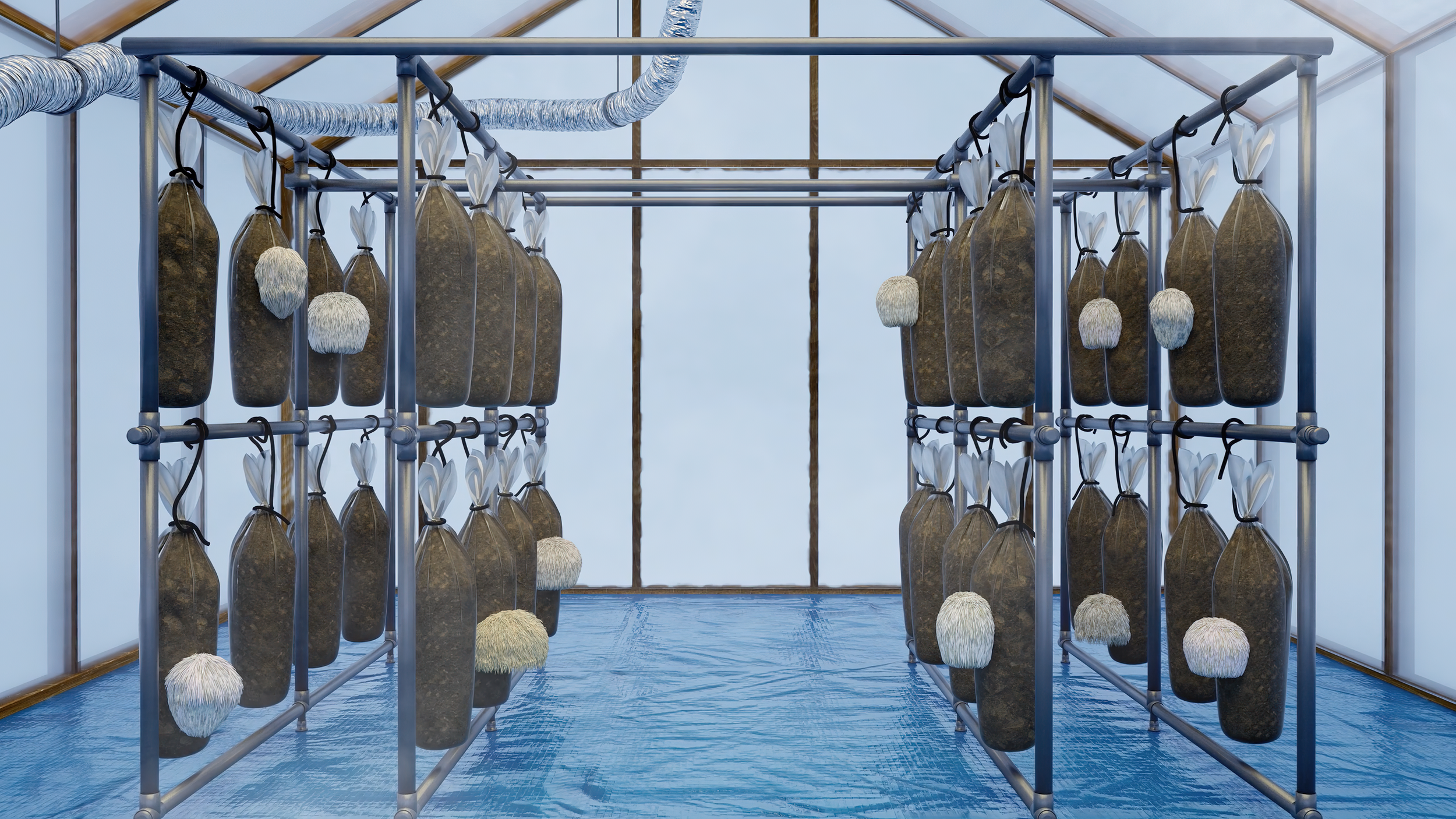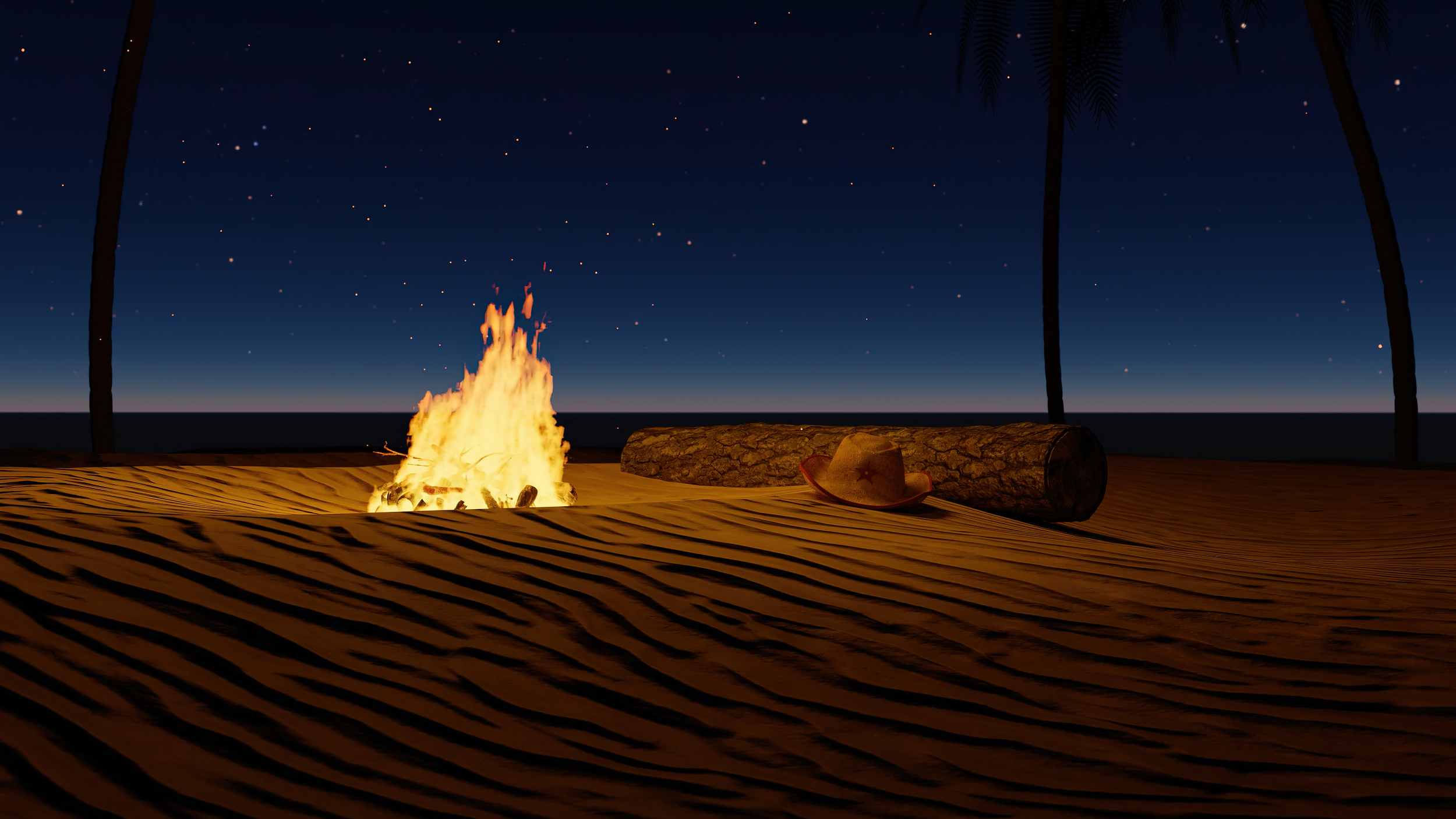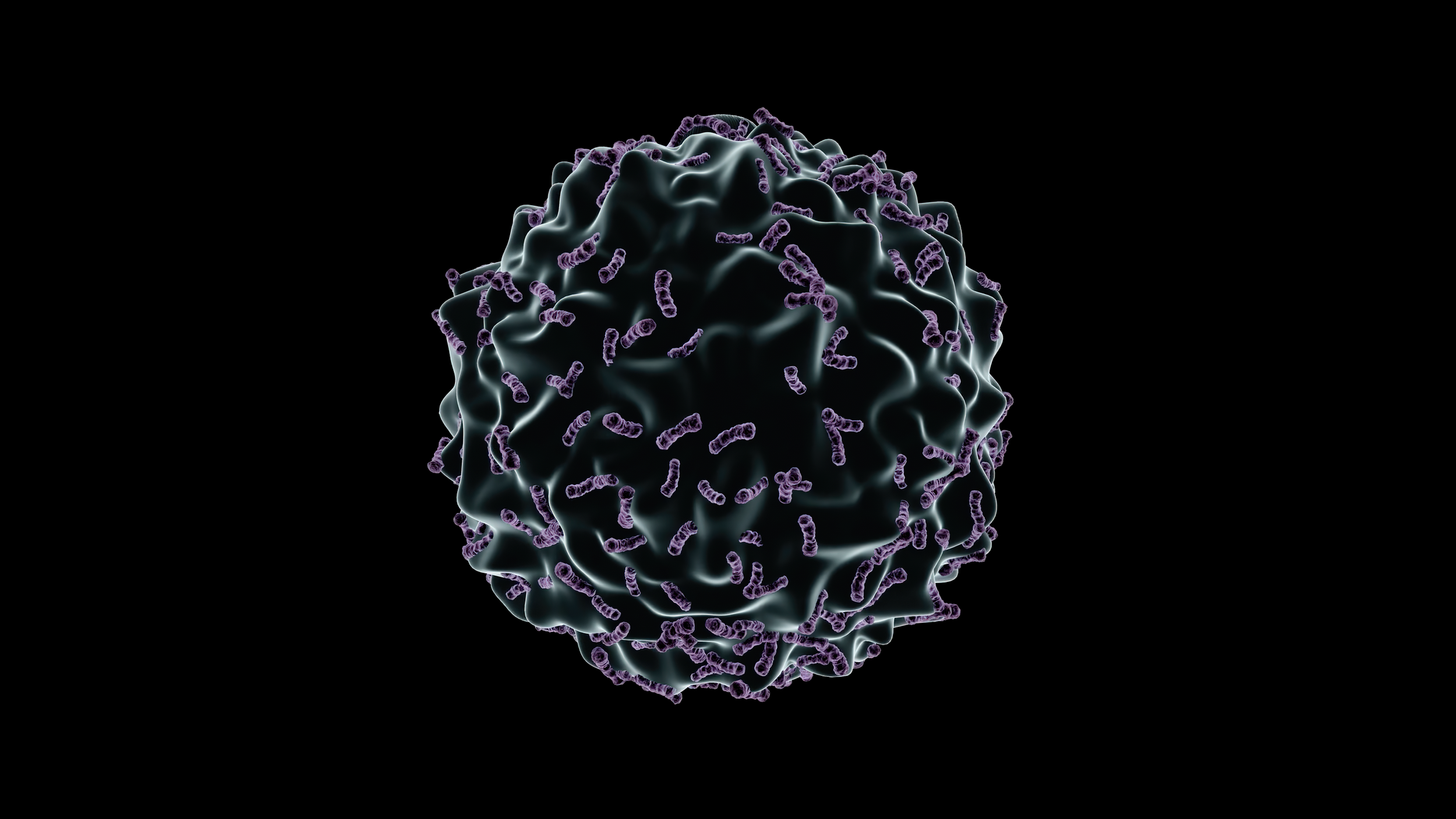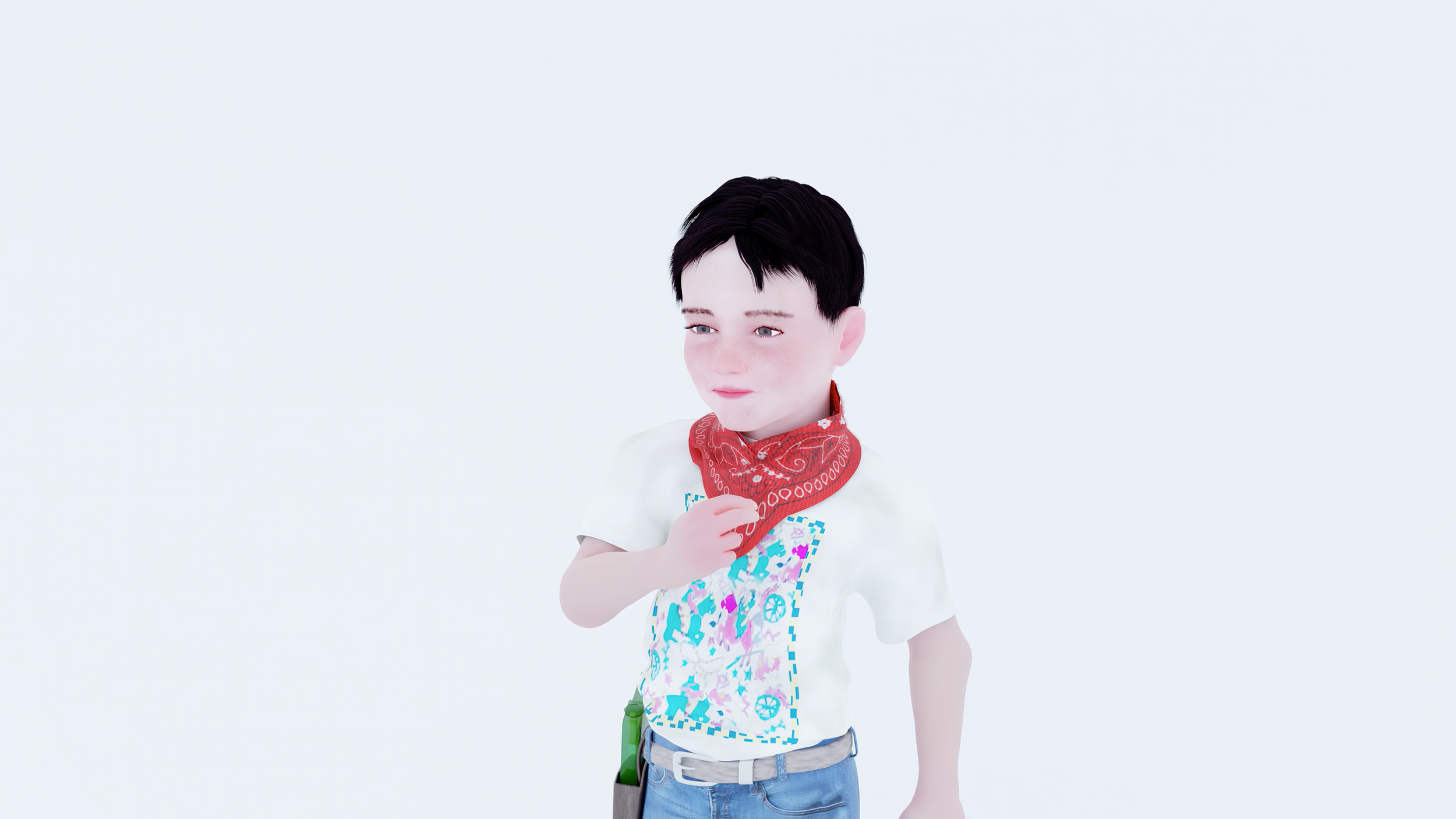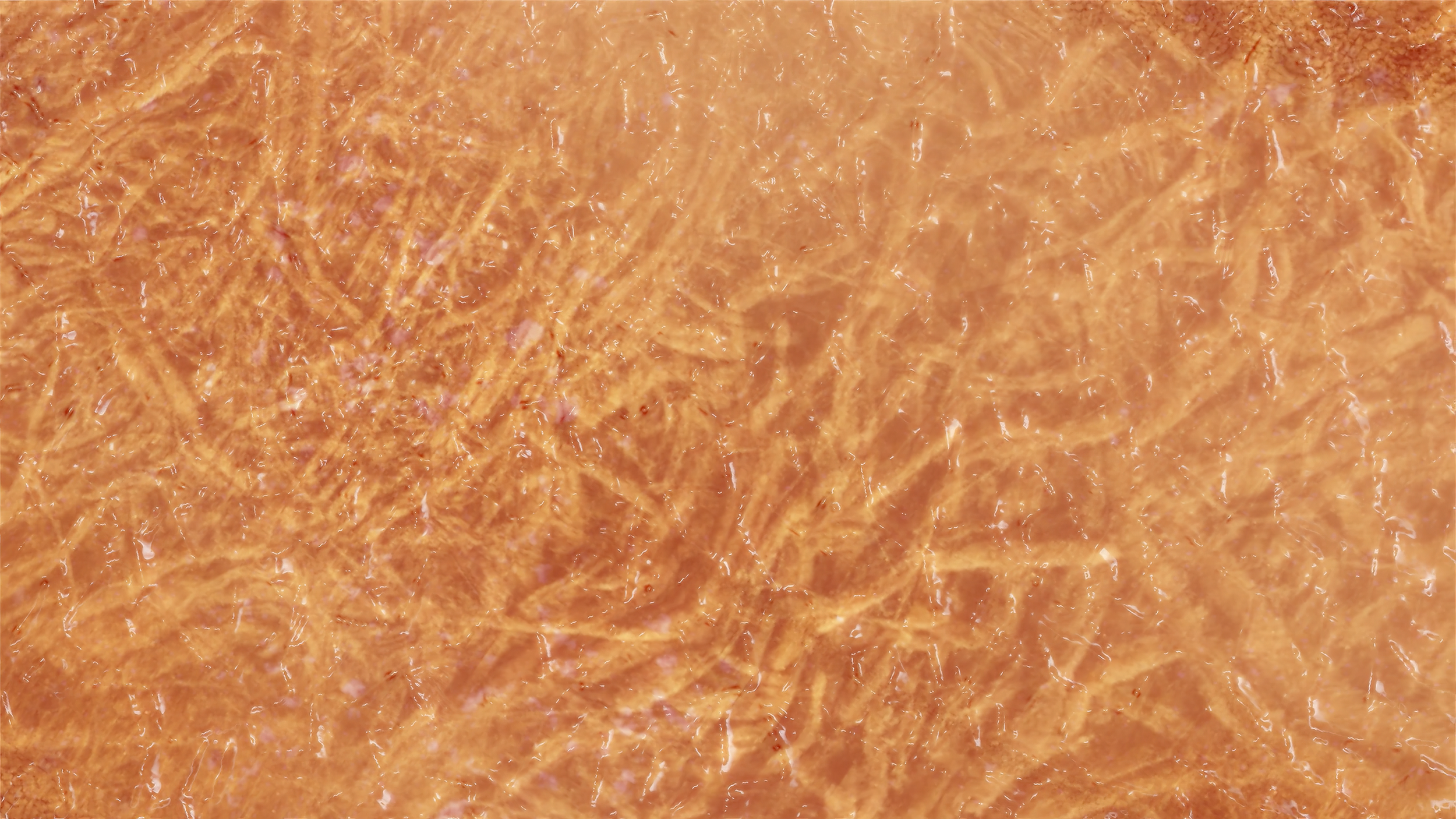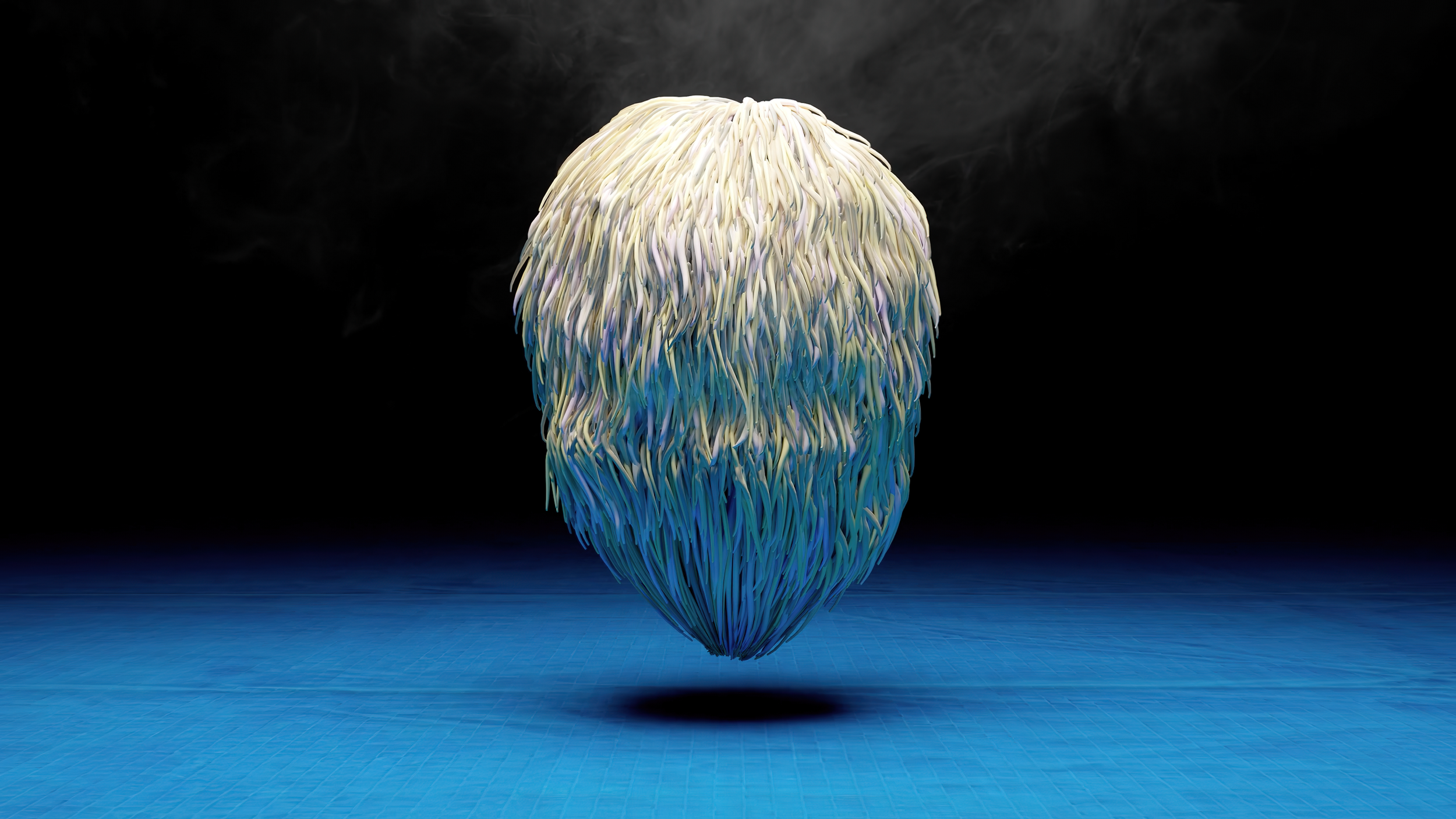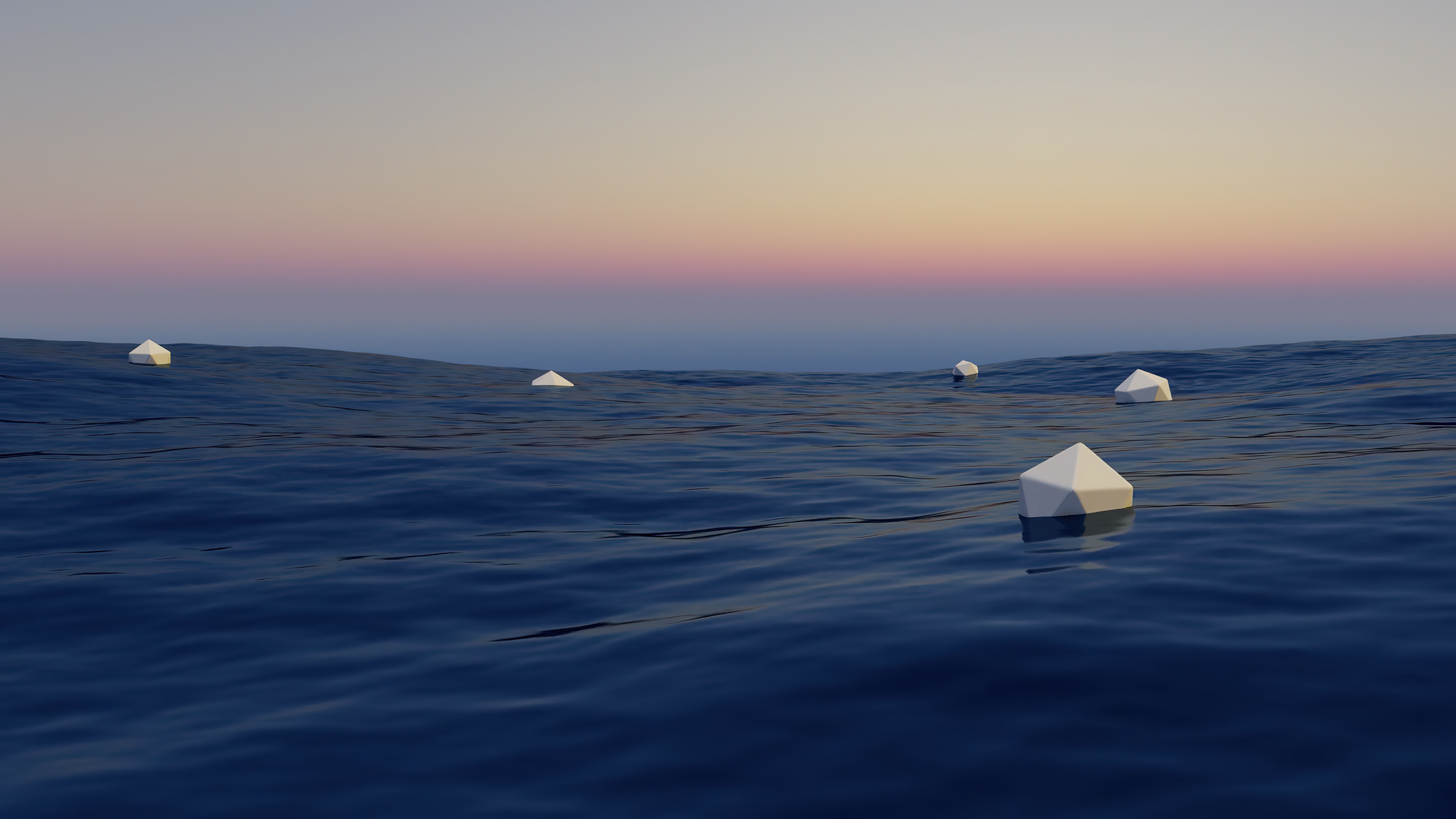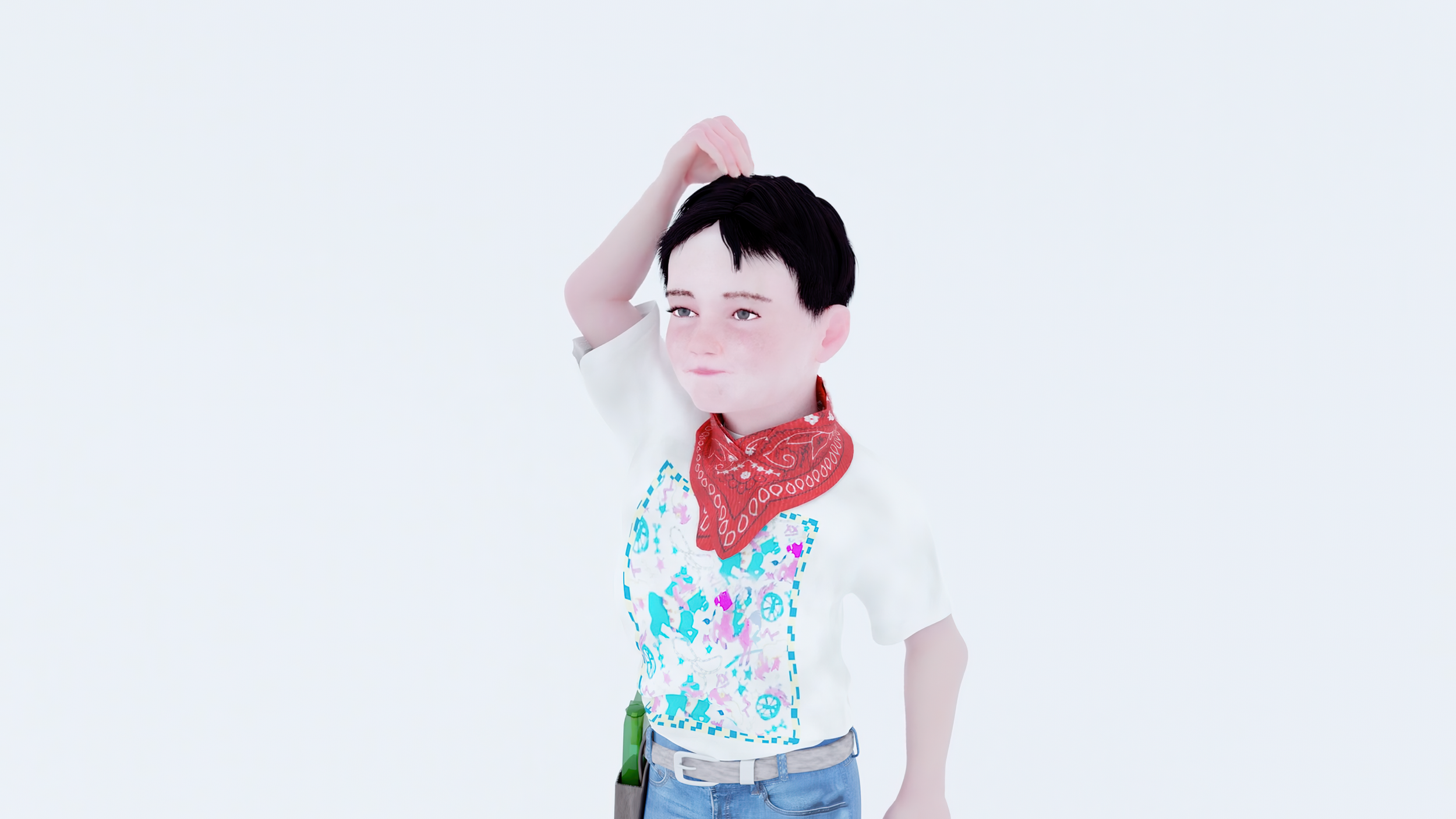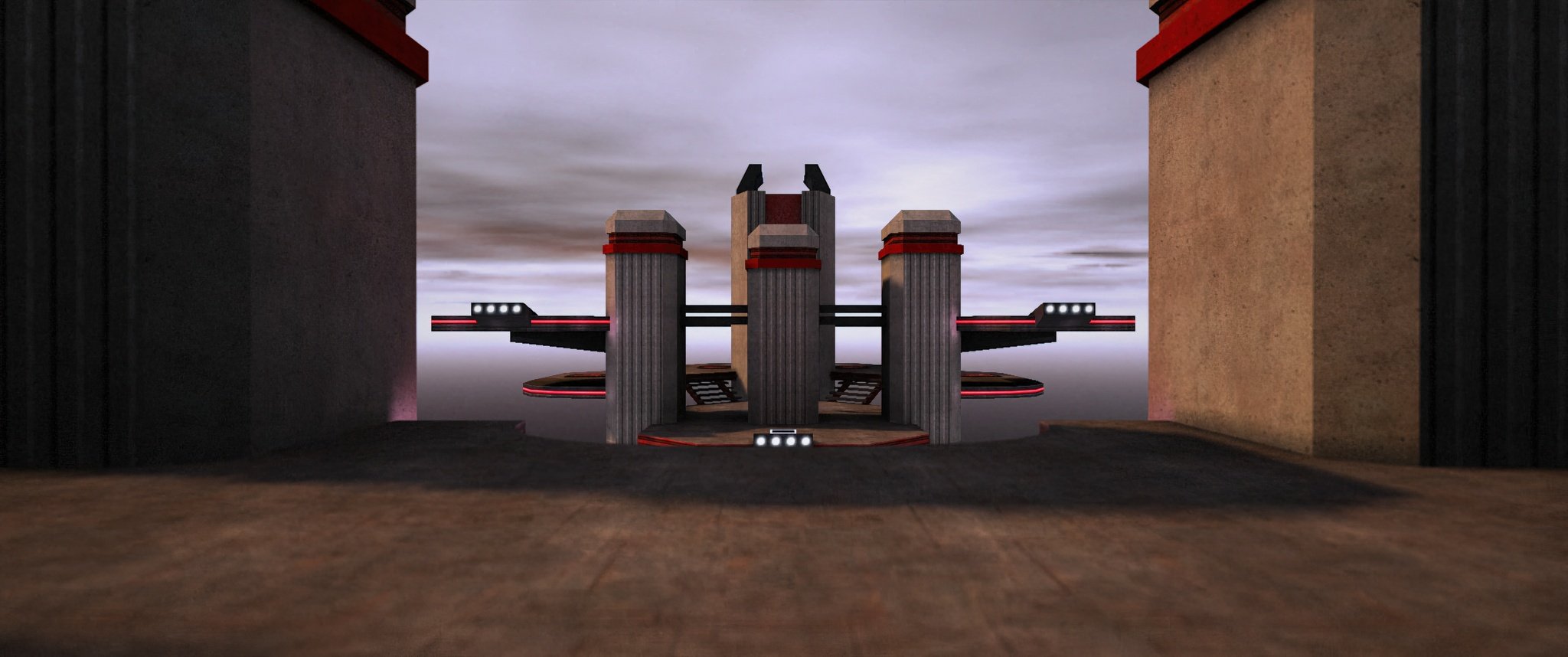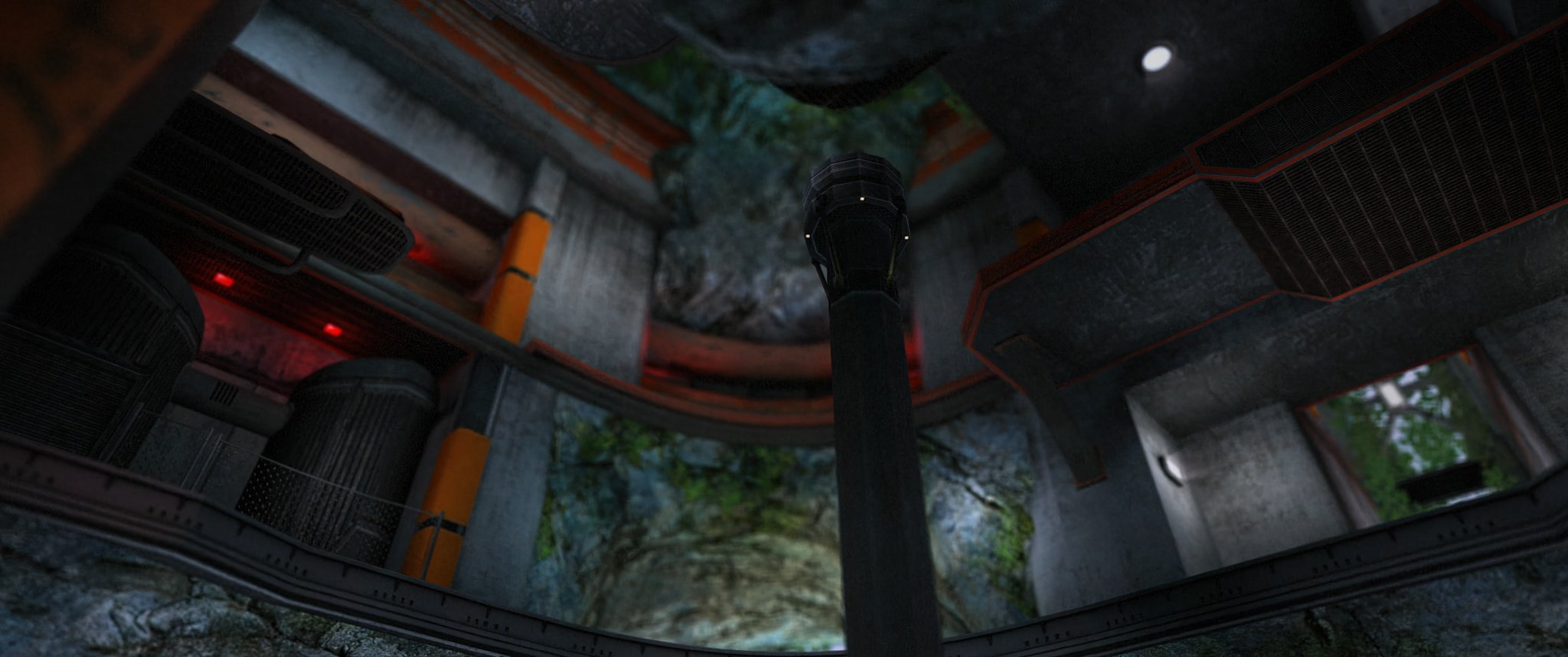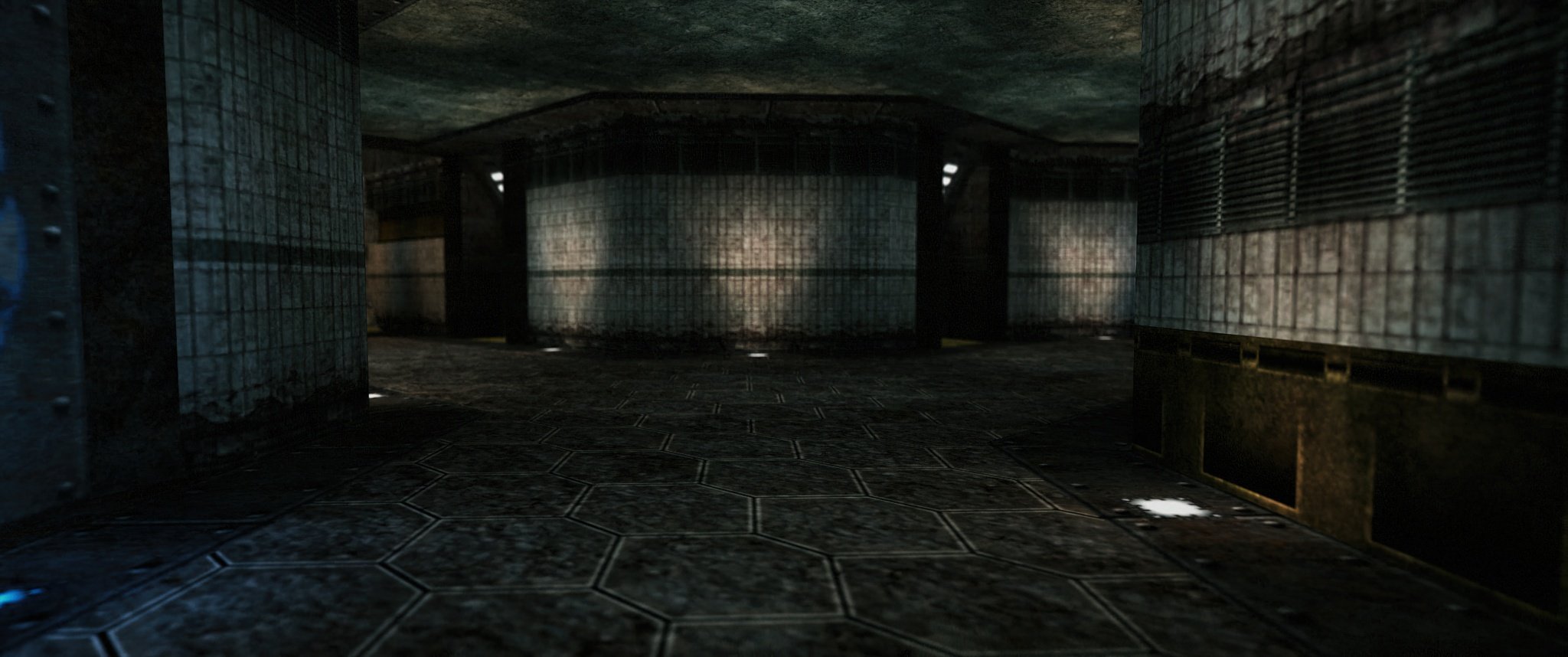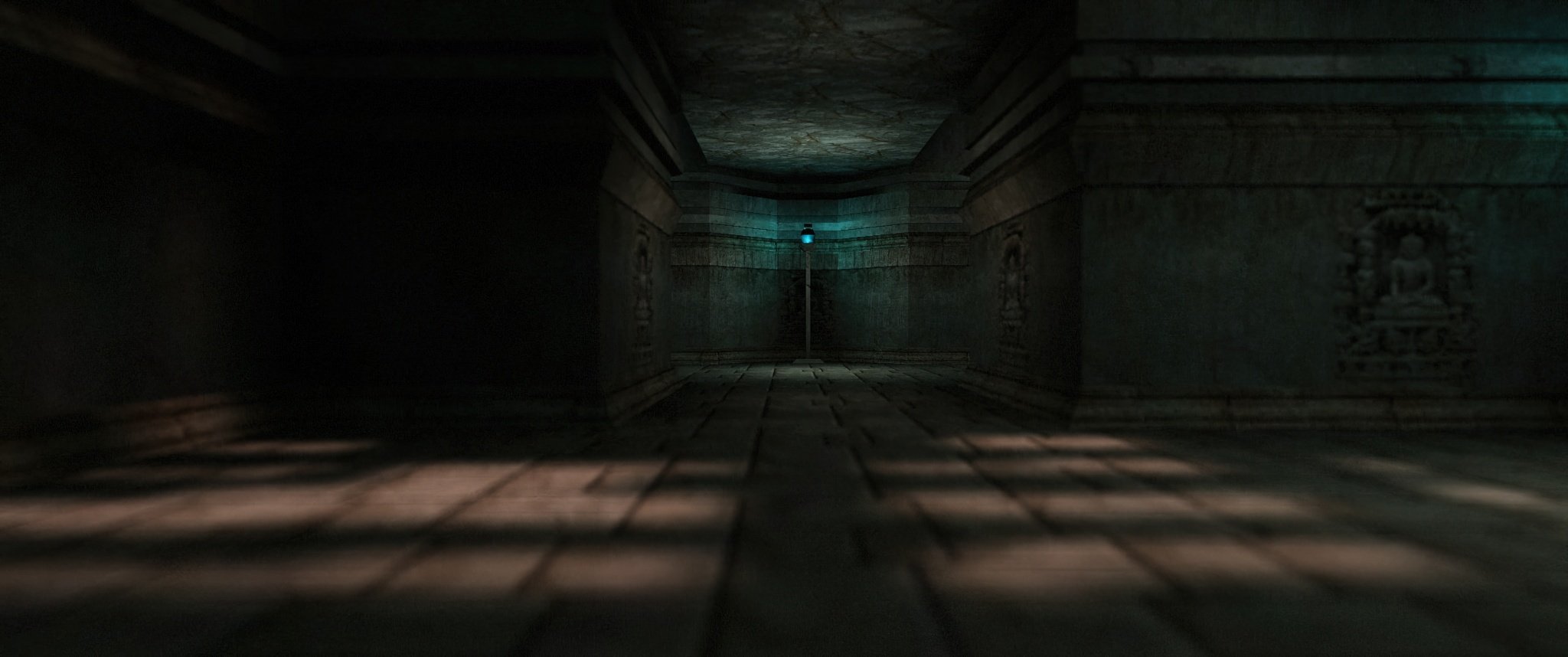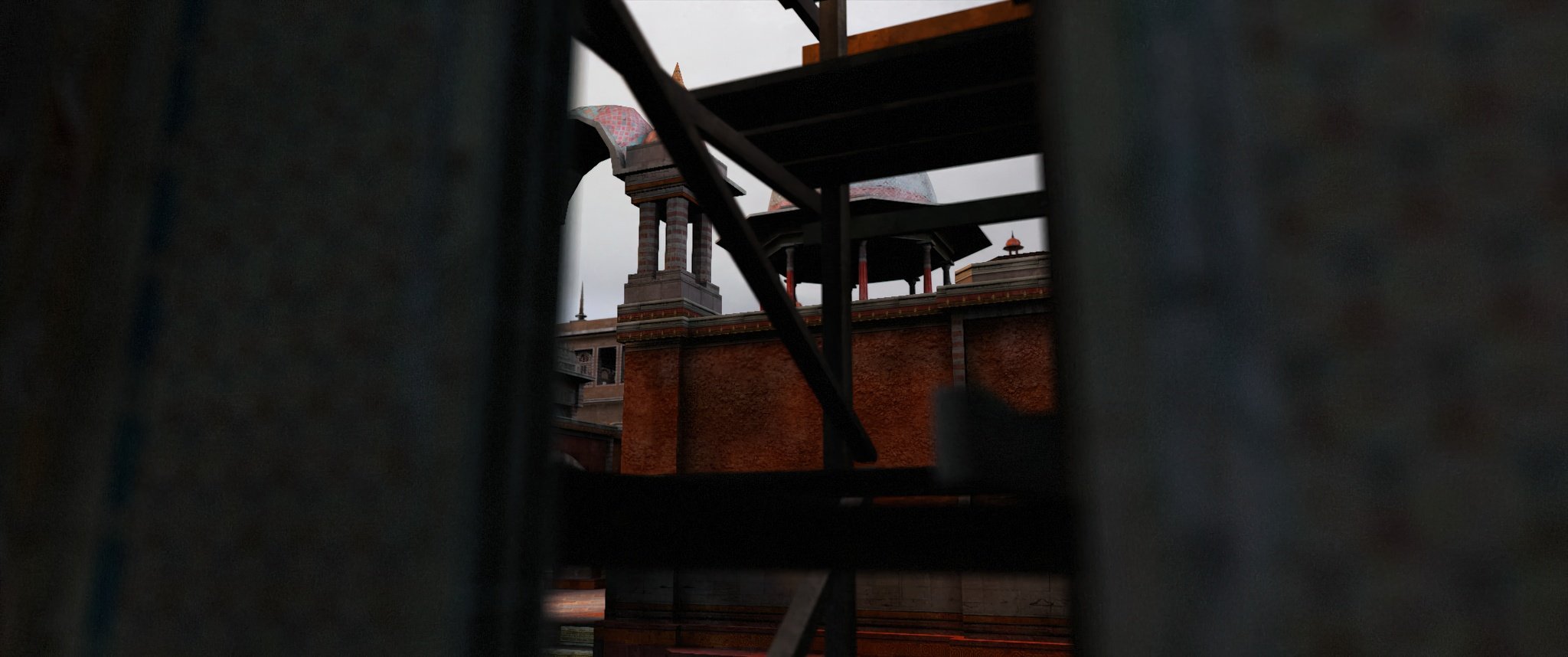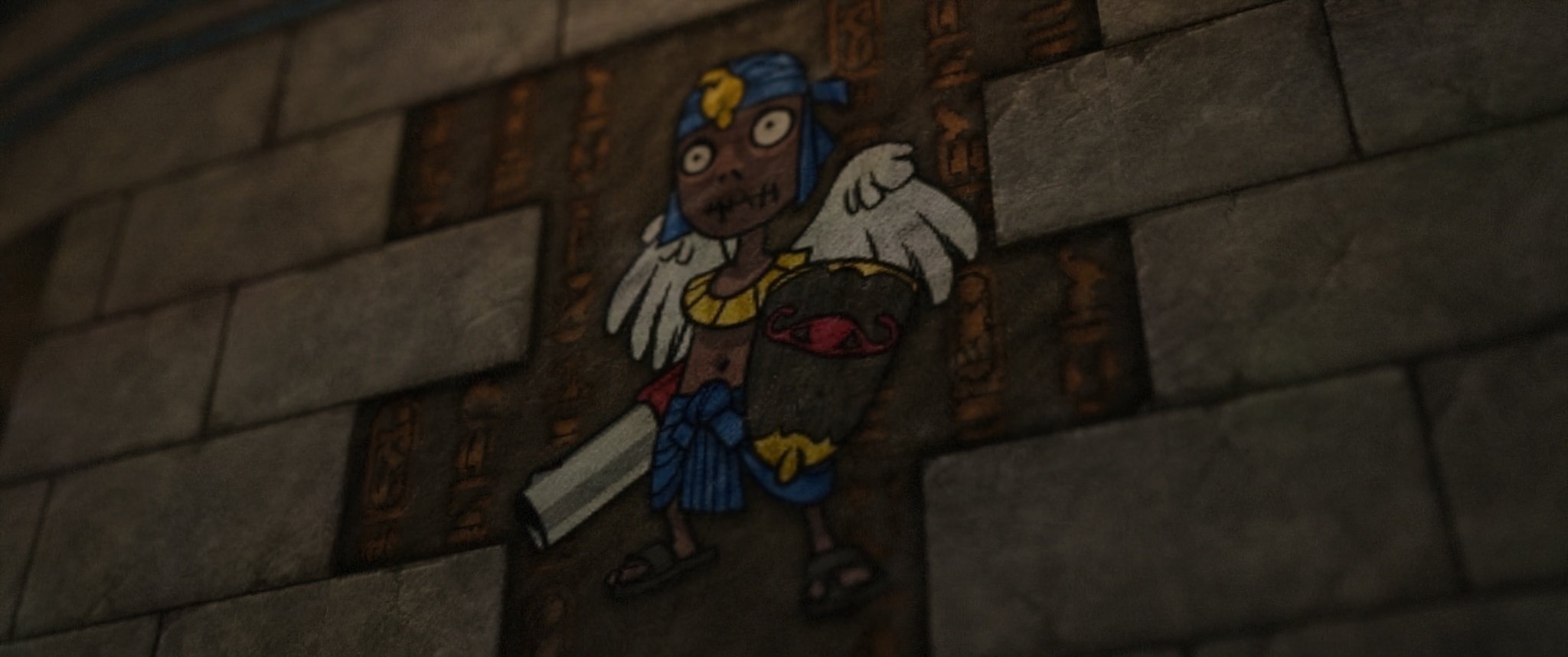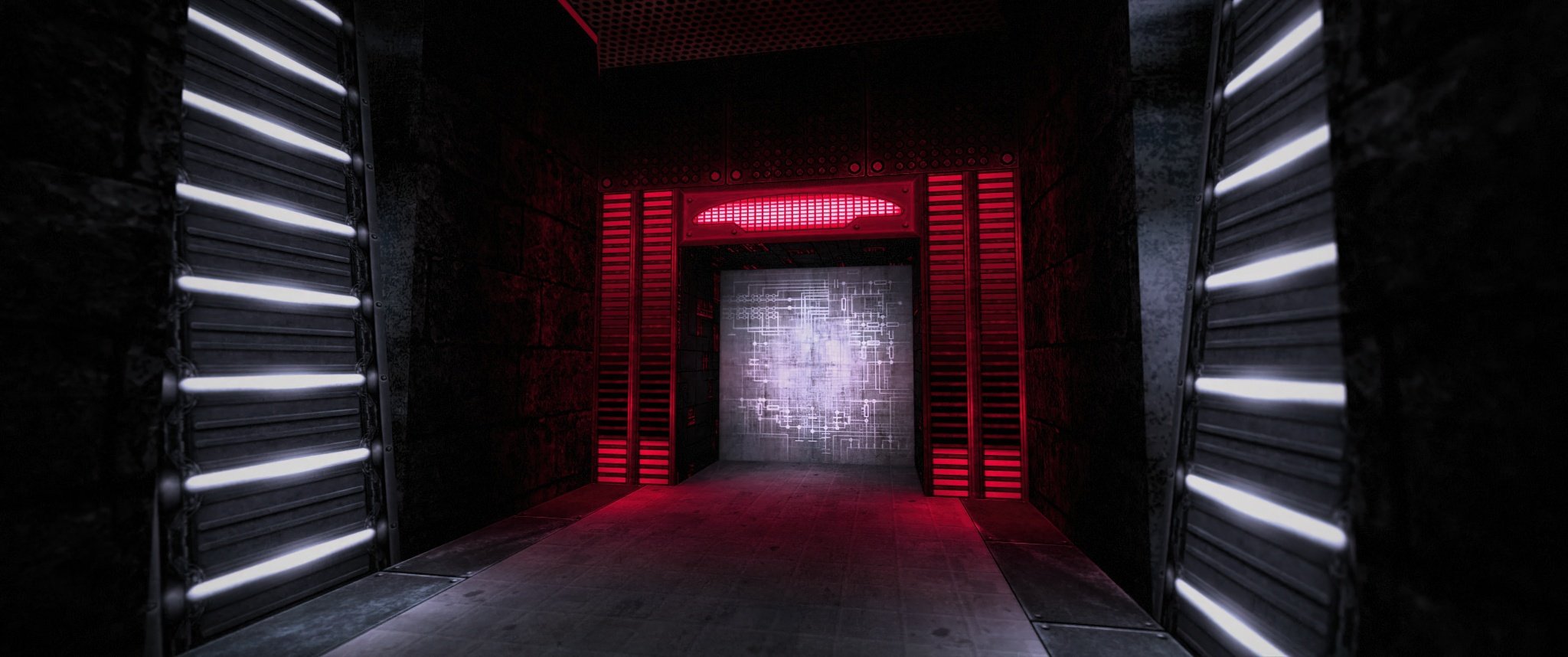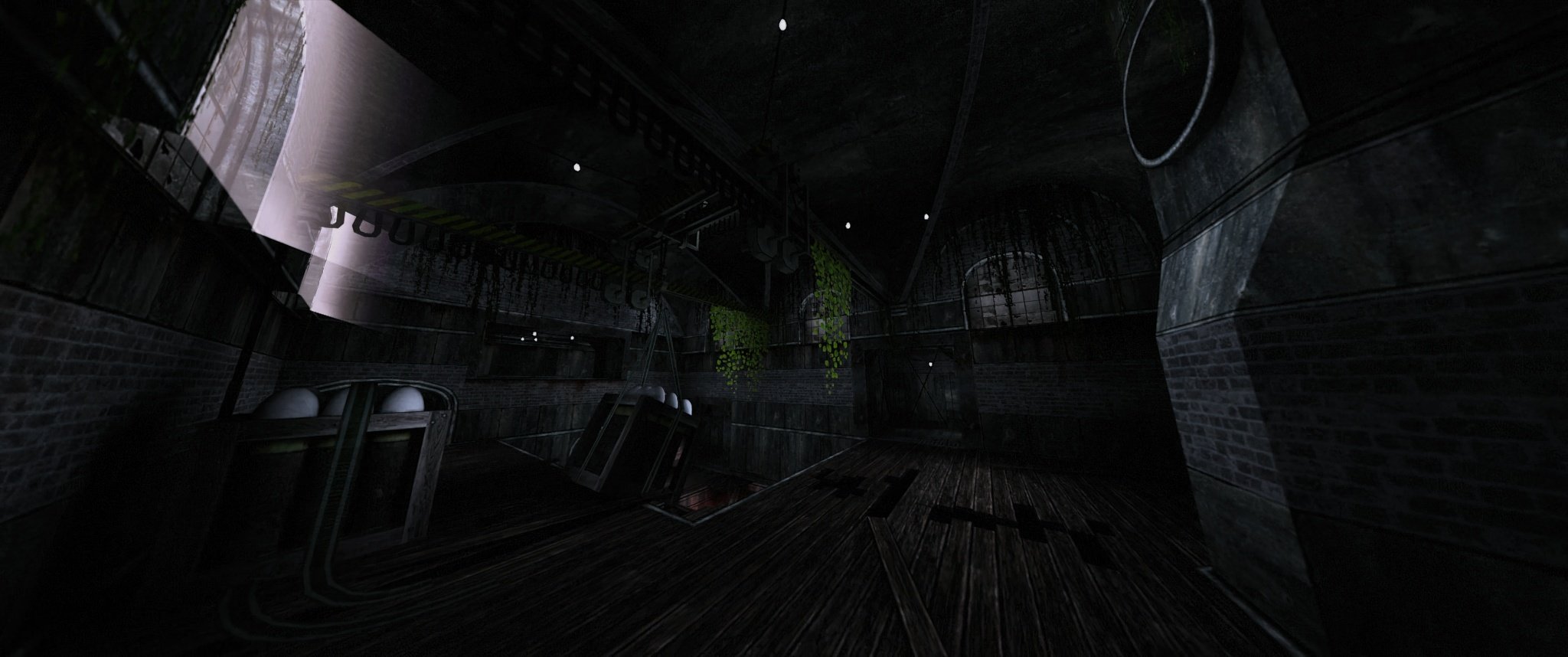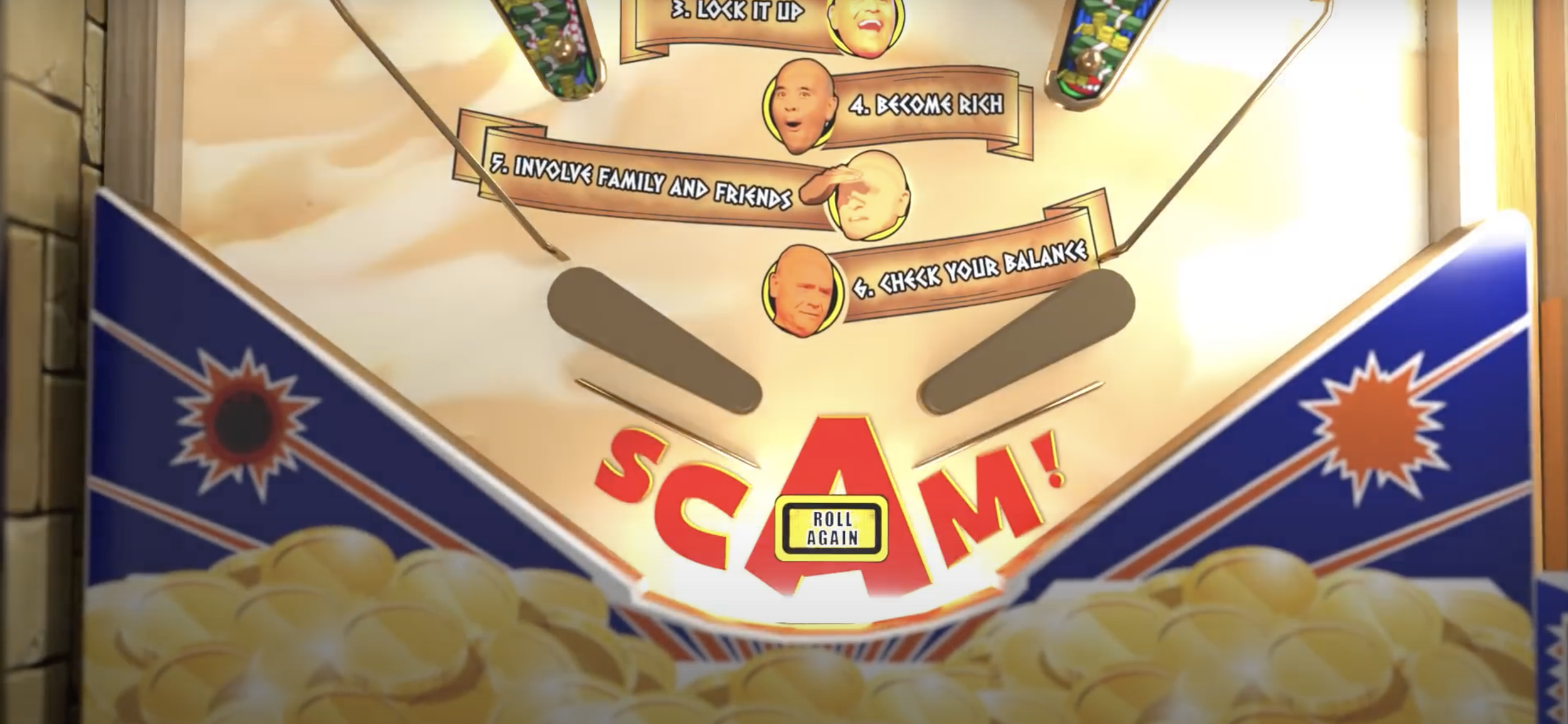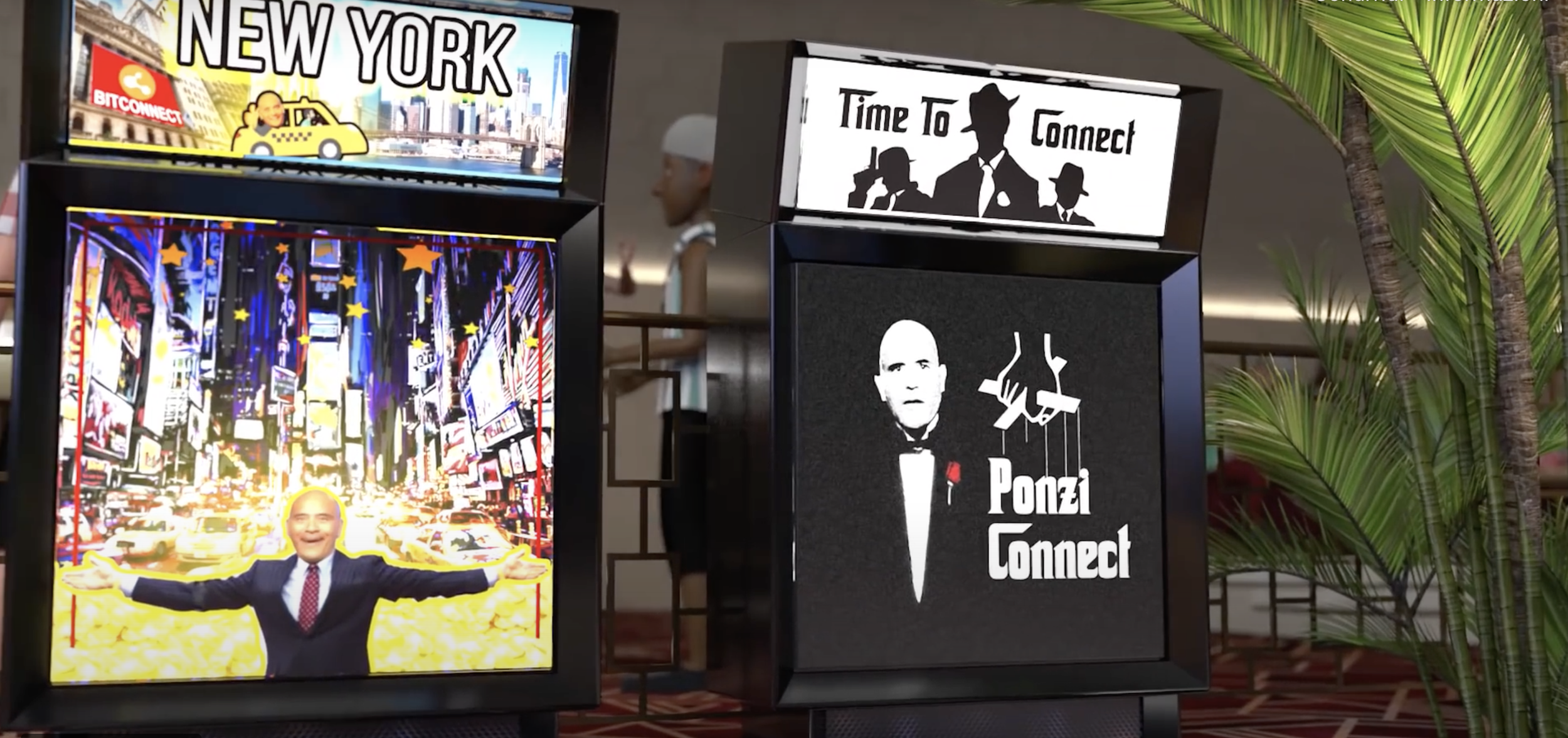What if Geremy Cotten was still alive? Is he enjoying the good life on a remote island with other crypto scammers, drinking fancy drinks and swimming into the ocean? Is he in crypto heaven? Whether his death was an unexpected outcome or a meticulously planned scam culminating with a suspiciously timed disappearance, we’ll probably never know. Nonetheless, Ukrainian artist Letta Shtoryn provides fascinating answers in machinima form. In her speculative fiction Cryptoheaven3, she casts the former founder of QuadrigaCX as a permanent party animal. Sim-Cotten is having endless fun on an exotic island, while thousands of people around the world wonder if they will ever see their investments returned in one form or another (short answer: not a chance).
Through cleverly juxtaposed quotes about this mysterious event collected from several sources, including Reddit, Twitter, news websites, YouTube comments, and Jeremy Cotten himself, Shtoryn develops different storylines resulting in an ever expanding narrative. Shtoryn appropriated The Sims 4 to create a counter-narrative. Letta imagines Cotten’s hypothetical identity change, while also emphasizing the obsessive behavior of internet users seeking possible anomalies in his death certificate and clues of a larger scam. In Cryptoheaven3, The Sims 4 character editor used to shape the appearance of Cotten’s avatar can be compared to digital plastic surgery. Jeremy’s appearance changes before our eyes and with the touch of a button. Now you see him, now you don’t.
For the record, the investigation into his death has brought to light the true nature of QuadrigaCX, that is, a cleverly concocted Ponzi scheme to embezzle money from investors. This twist in the investigation prompted internet users and unsuspecting victims to suggest even bolder speculations about the affair. In Shtoryn’s speculative fiction, Sim-Cotten is living the good life, enjoying daily massages, alternating session of sunbathing and swimming into crystal clear waters. At night, he drinks cocktails, and dances on the beach with his acolytes, a tribe of “digital nomads”. Meanwhile, comments from amateur internet investigators and those who have invested (read: lost) their life savings in QuadrigaCX pop up on the screen as a reminder that people did not forget and certainly did not forgive Cotten. We hear conversations in Simlish, a mesh-up of different languages, a meaningless word salad, an incomprehensible idiom that players nonetheless try to decipher as a form of meta-play. In Cryptoheaven3, Sim-Cotten is either talking on the phone or to other party animals on the island. He is likely plotting the next scam while extolling the virtues of crypto.
(continues)
Gemma Fantacci


